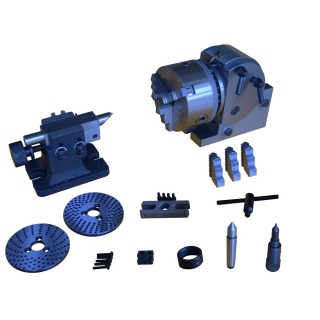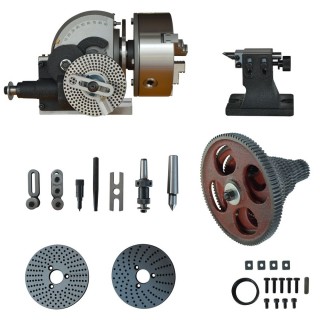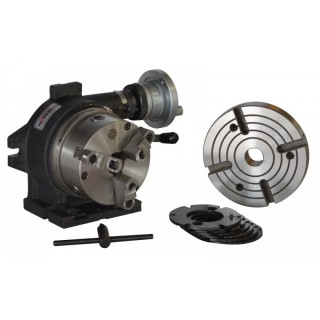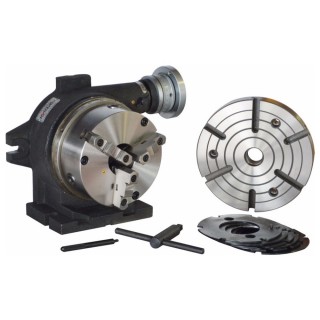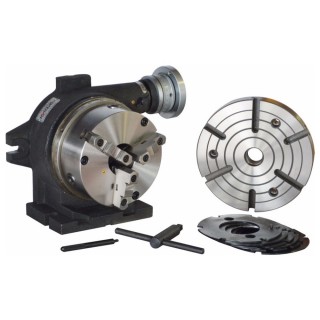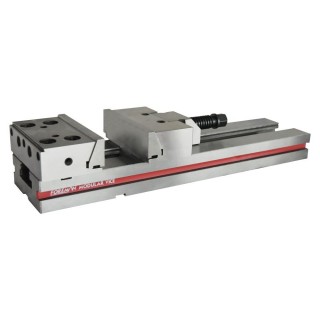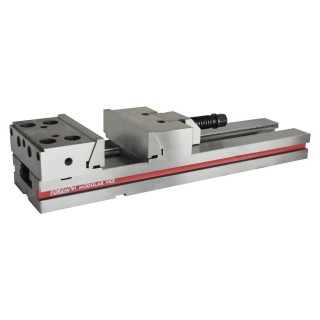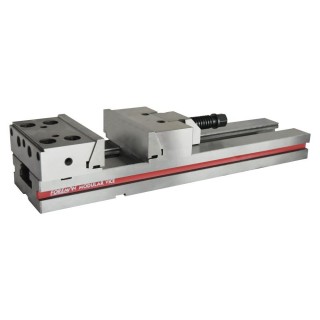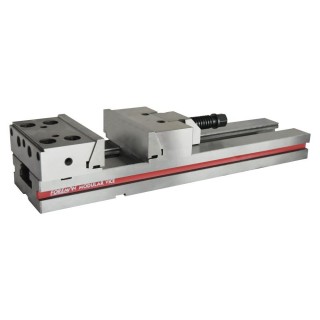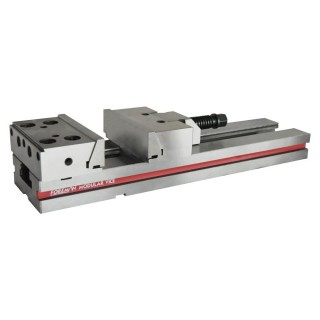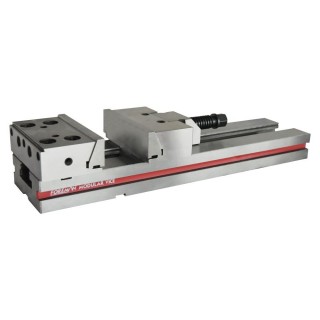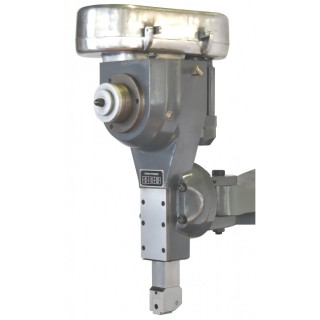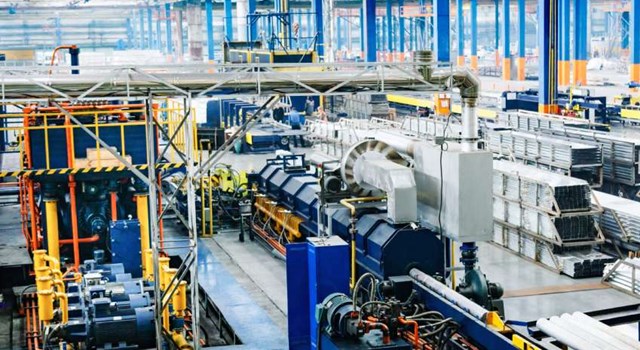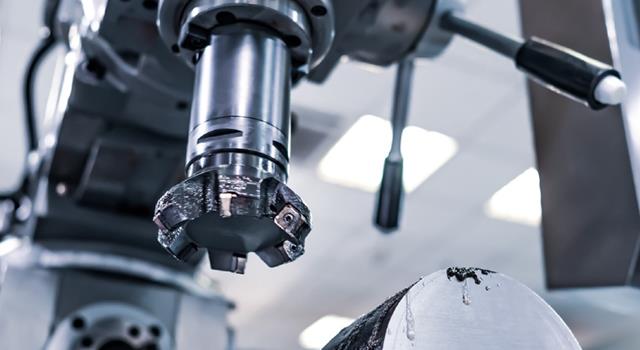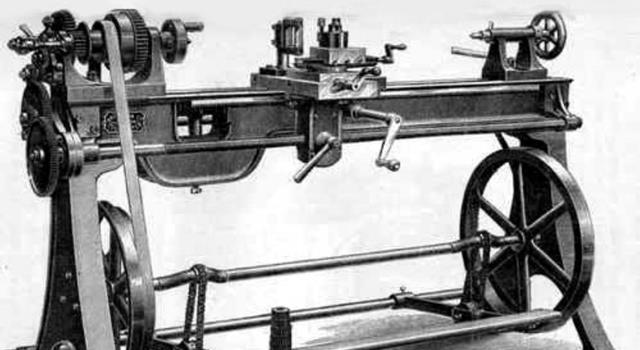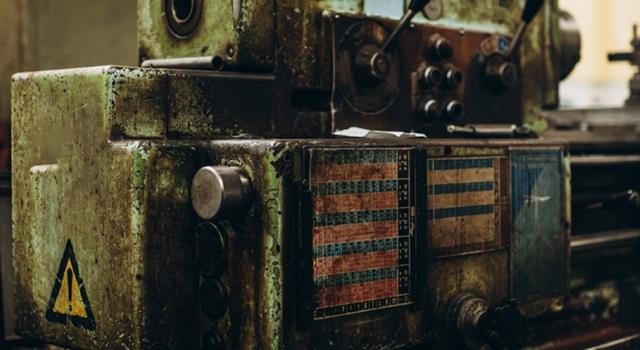Every minute on the production floor is valuable. Inefficient use of time can lead to increased costs, delayed deliveries, and reduced customer satisfaction. However, with the right strategies, these losses can be minimized. In this article, we explore 7 effective ways to prevent time loss in production processes.
1. Map the Entire Process from Start to Finish
The first step to eliminating time loss is to analyze the current process in detail. Each stage—from the arrival of raw materials to the shipment of the final product—should be mapped step by step to identify bottlenecks, repetitive tasks, and idle times.
2. Develop Standard Work Methods
When every employee performs the same task differently, it causes variations in quality and unnecessary time loss. By implementing standardized work instructions and proper training, processes can be stabilized, ensuring that everyone works with consistent efficiency.
3. Use Real-Time Monitoring Systems
Being able to monitor performance on the production line in real time allows for quick identification of time-wasting points. Digital dashboards, sensors, and data tracking systems help gather real-time field data and shorten response times.
4. Predict Machine Failures in Advance
Unplanned downtimes are among the most significant causes of lost time in production. In addition to regular maintenance schedules, predictive maintenance can identify high-risk components in advance, enabling proactive measures.
5. Optimize Material Flow
Delays in delivering necessary parts to workstations can slow down the entire production line. Improving warehouse layout, internal logistics planning, and material request systems can eliminate these waiting times.
6. Listen to Employee Feedback
Operators on the shop floor are often the first to notice time loss. Their insights are invaluable for process improvements. Establishing feedback mechanisms and valuing employee suggestions can uncover hidden inefficiencies.
7. Make Continuous Improvement a Culture
Preventing time loss is not a one-time action—it requires a continuous mindset. With a culture of continuous improvement (kaizen), employees contribute daily to enhancing processes.
Time loss in production is not inevitable. With accurate process analysis and efficient use of both technology and human resources, these losses can be significantly reduced. Remember: every second saved strengthens your production power.
8. Price and Long-Term Value
Although the upfront cost of a new lathe may be higher than that of a used one, Foreman’s lathe pricing policy is generally suitable for end-user budgets. In the long run, a new machine can offset its cost through lower maintenance needs and superior performance. Additionally, energy efficiency contributes to lower operational expenses.
Investing in a new lathe offers many long-term advantages, such as improved performance, easier access to spare parts, and lower maintenance costs. While used machines may appear attractive due to their lower prices, the reliability and support provided by new machines make them a better choice for sustainable production.
If you’re looking for affordable, high-quality new lathes, we are here to provide the best service. Secure your investment for the future by considering a new lathe machine.
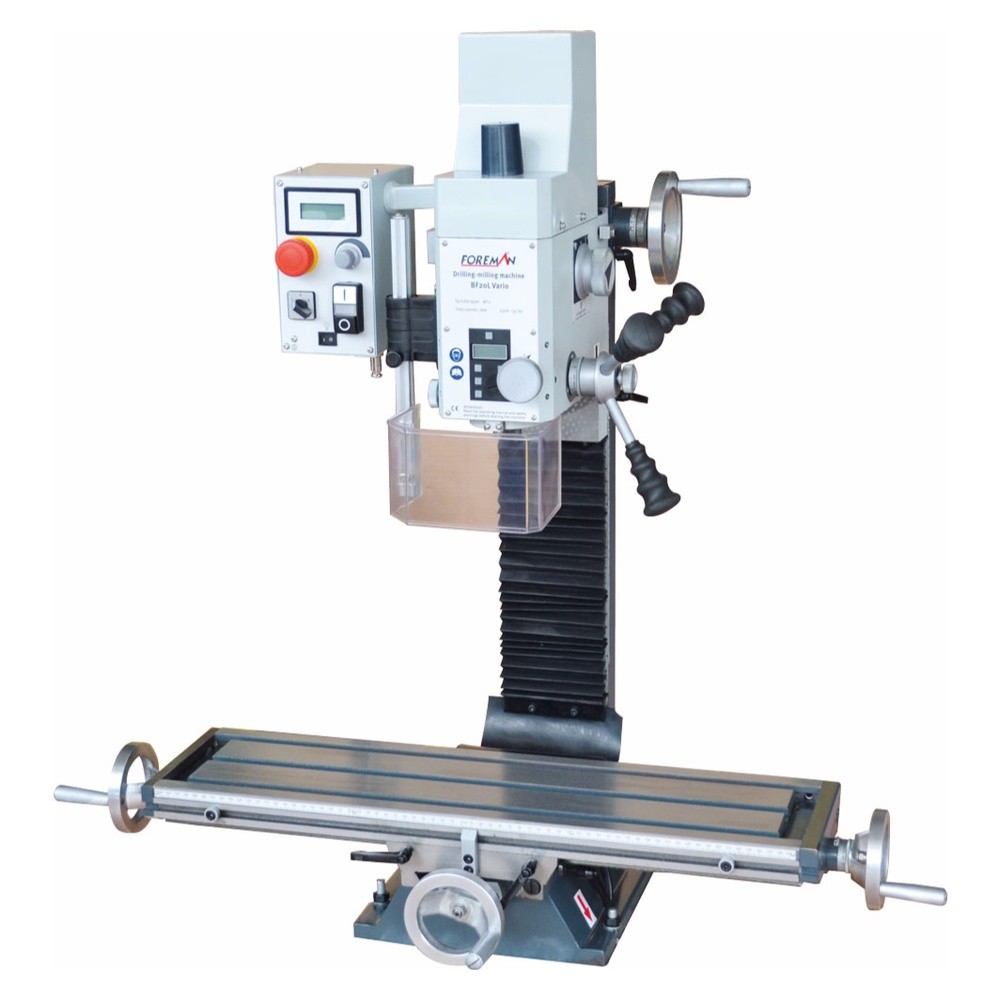
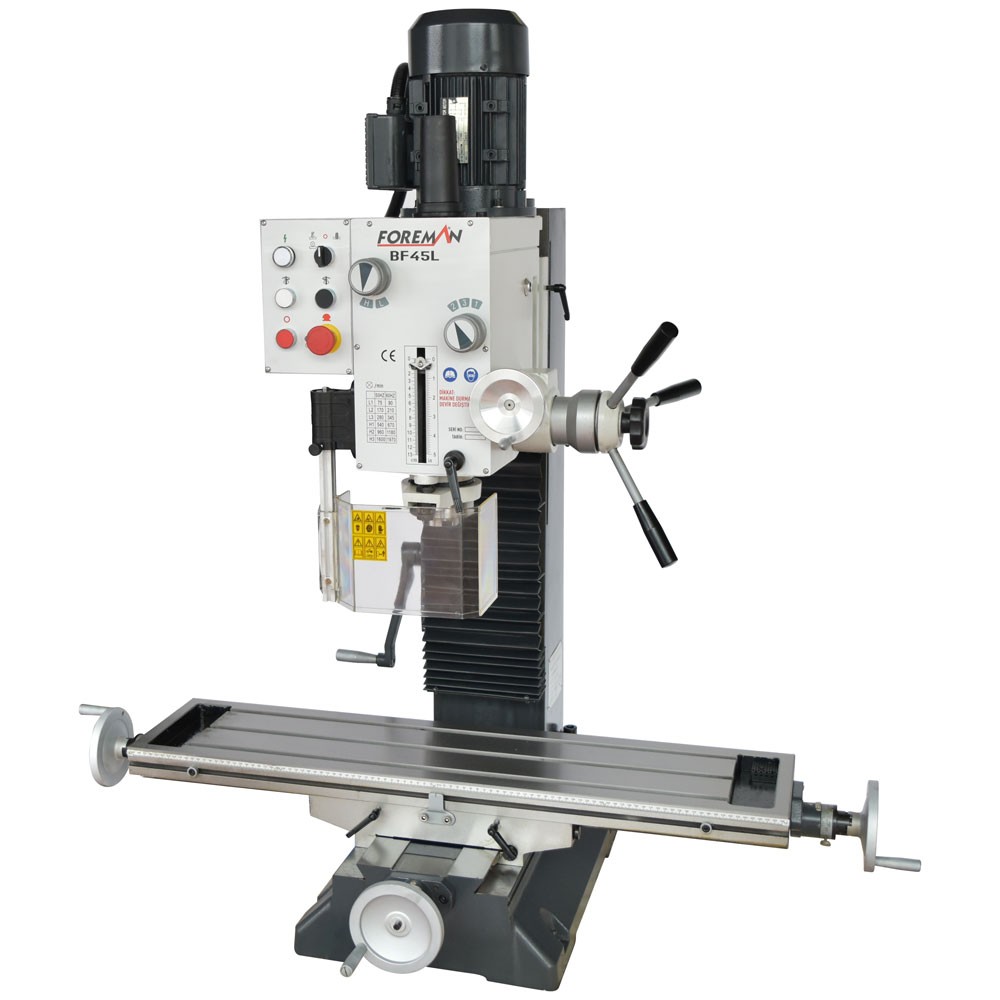
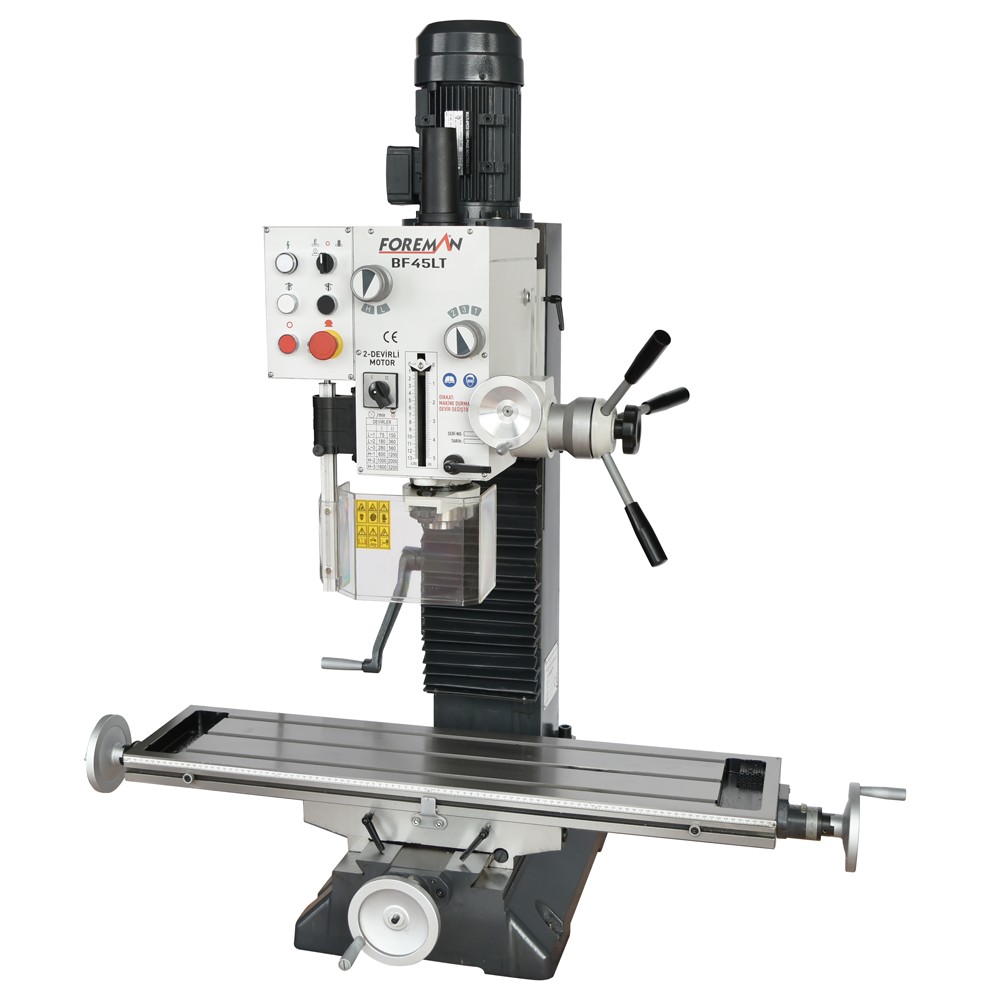
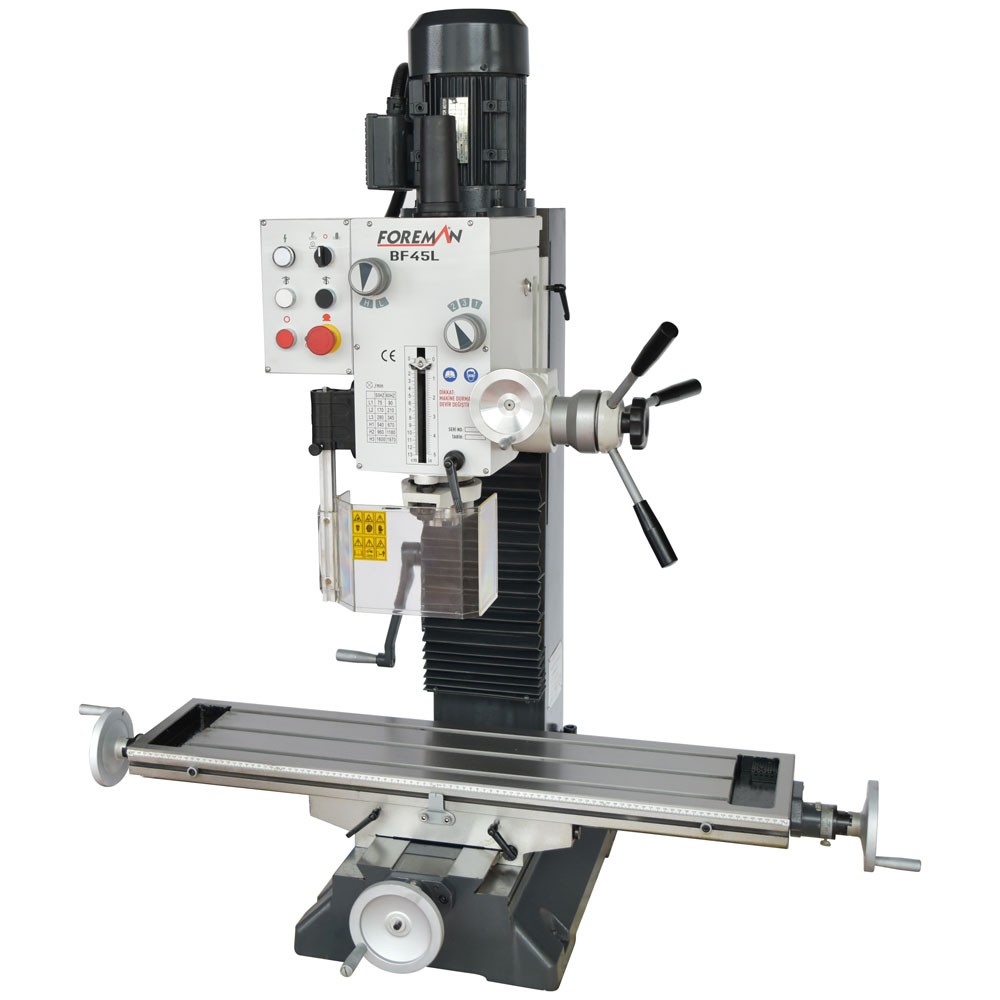
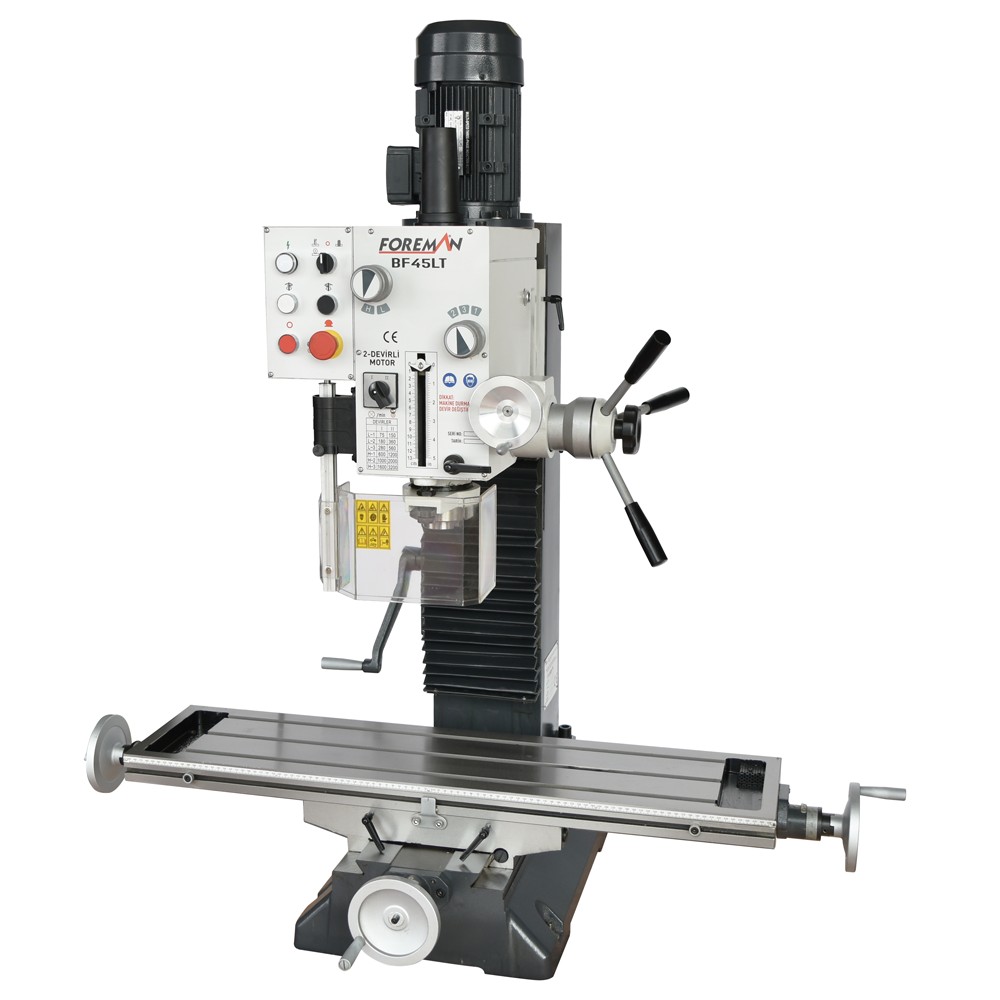
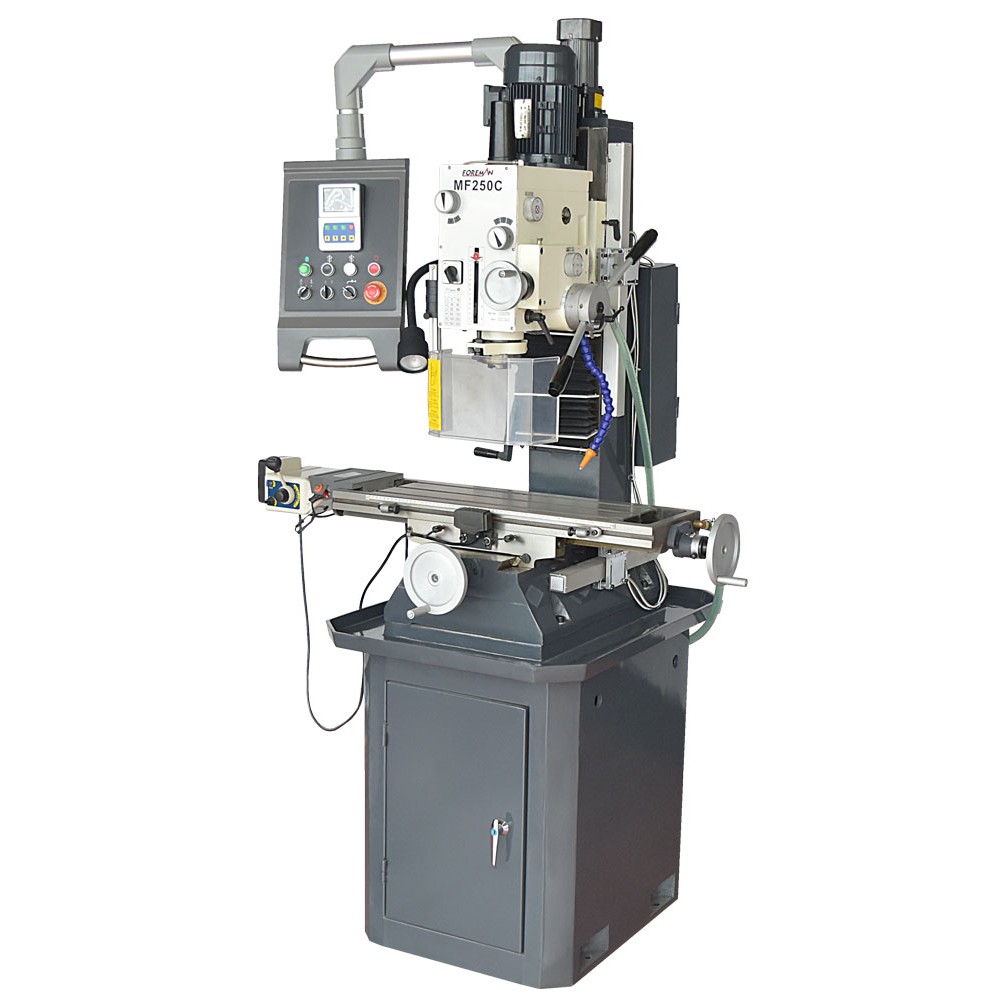
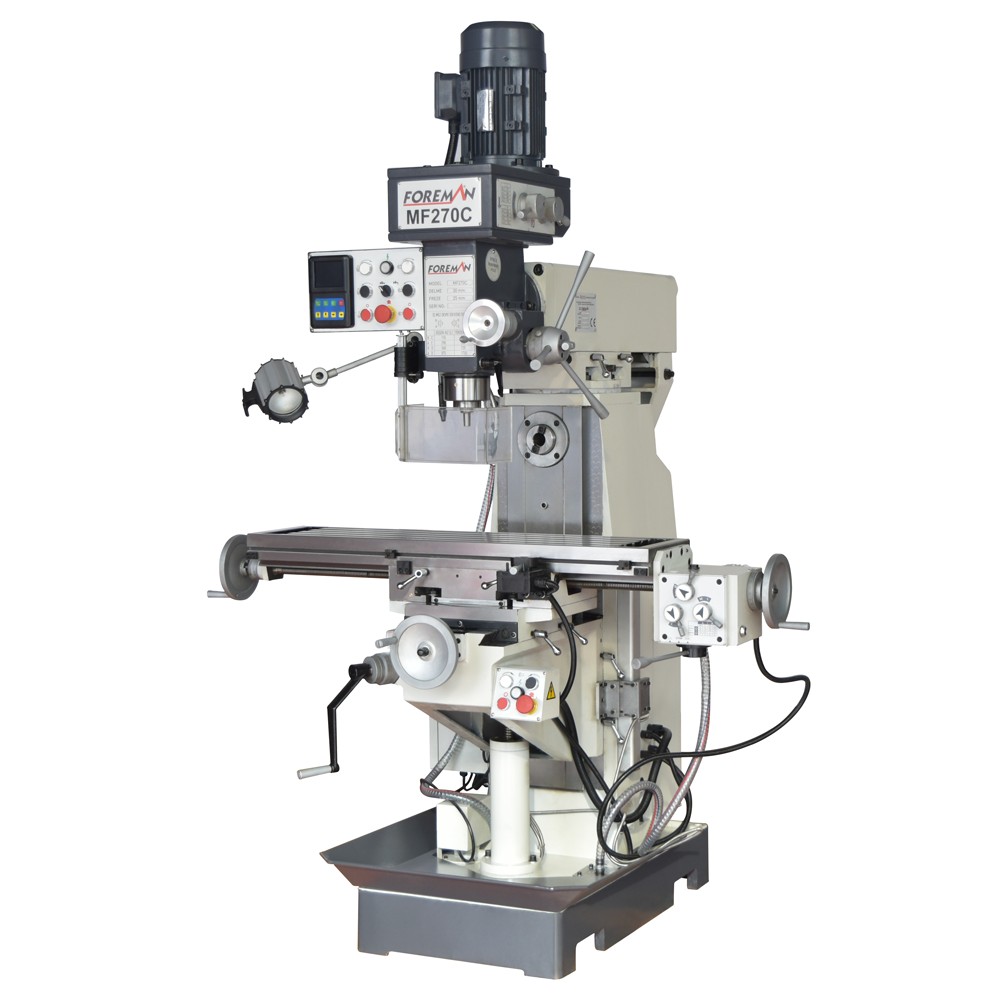
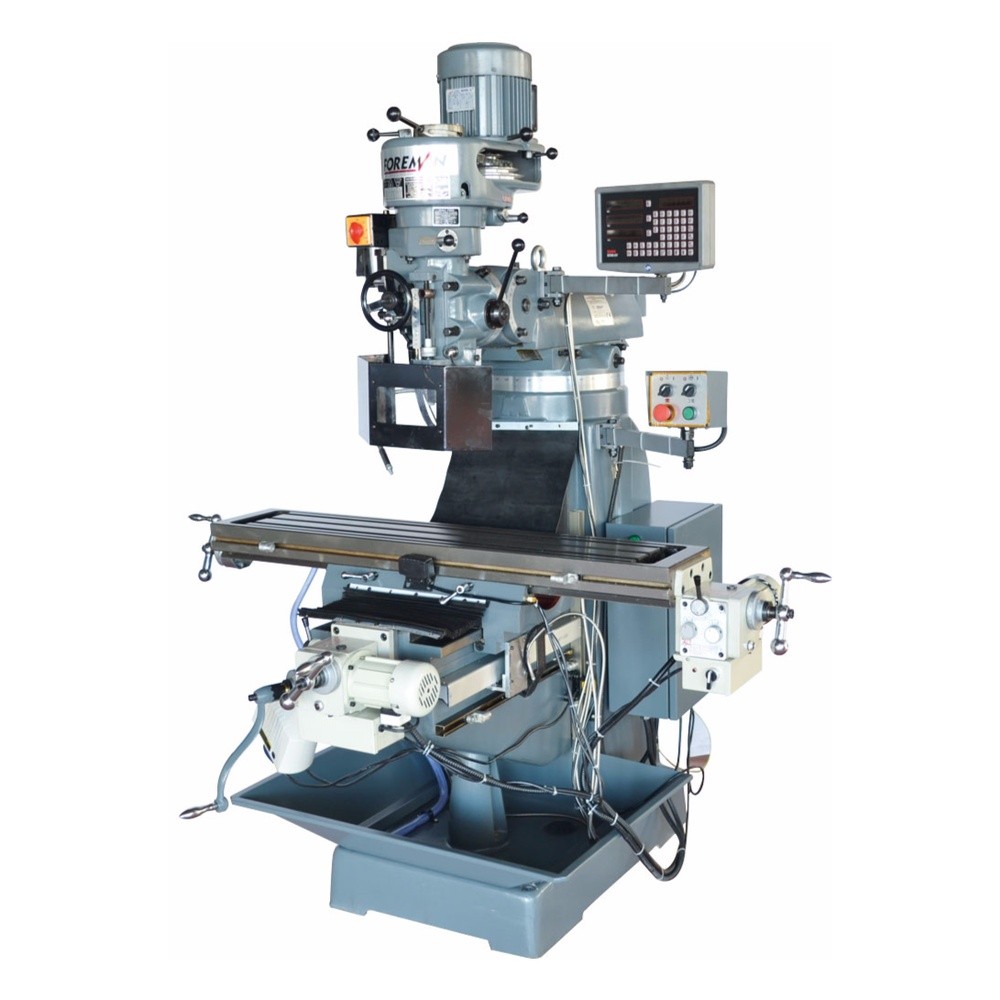
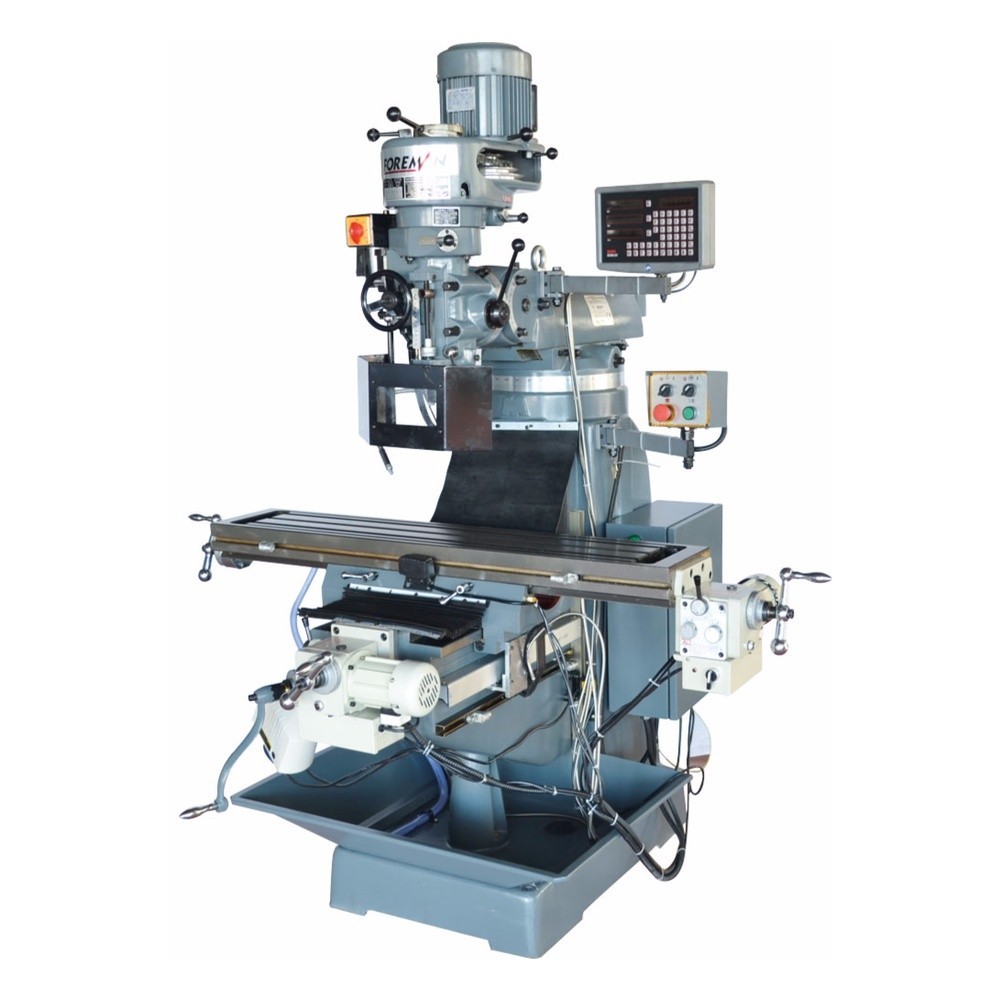
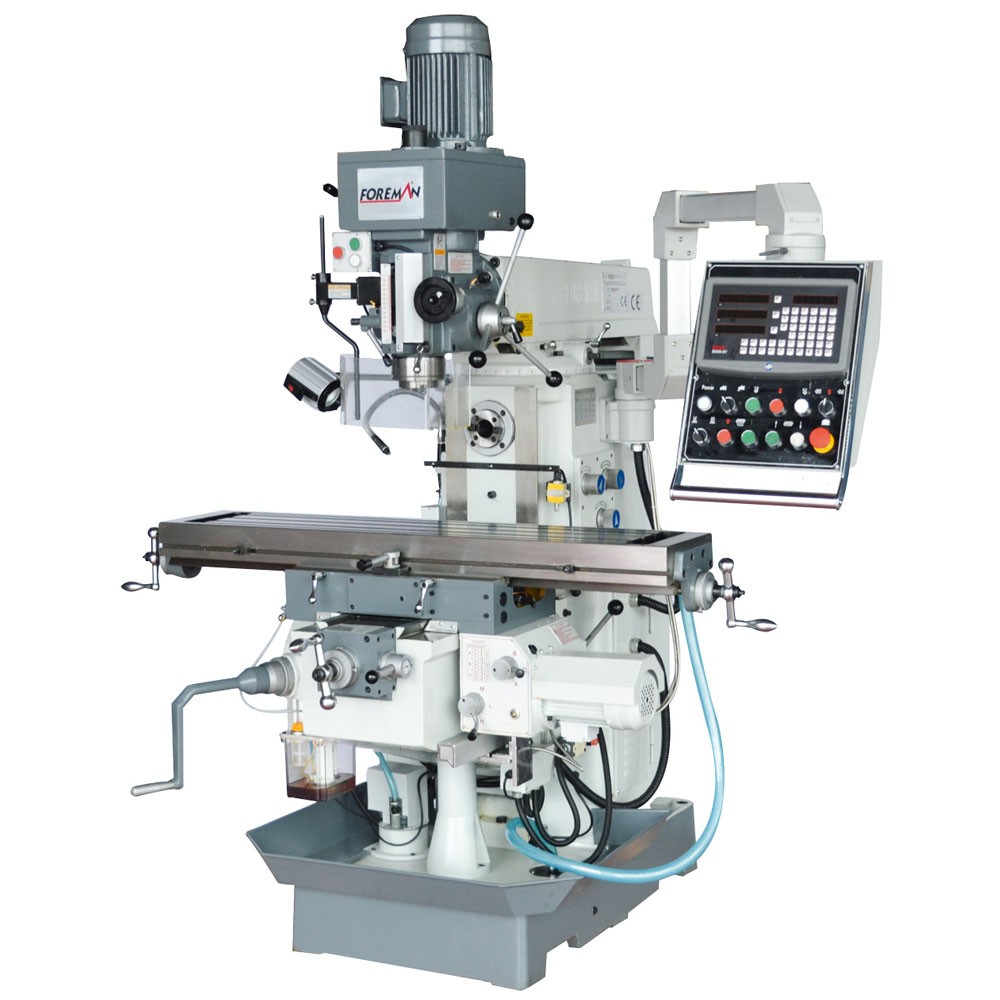
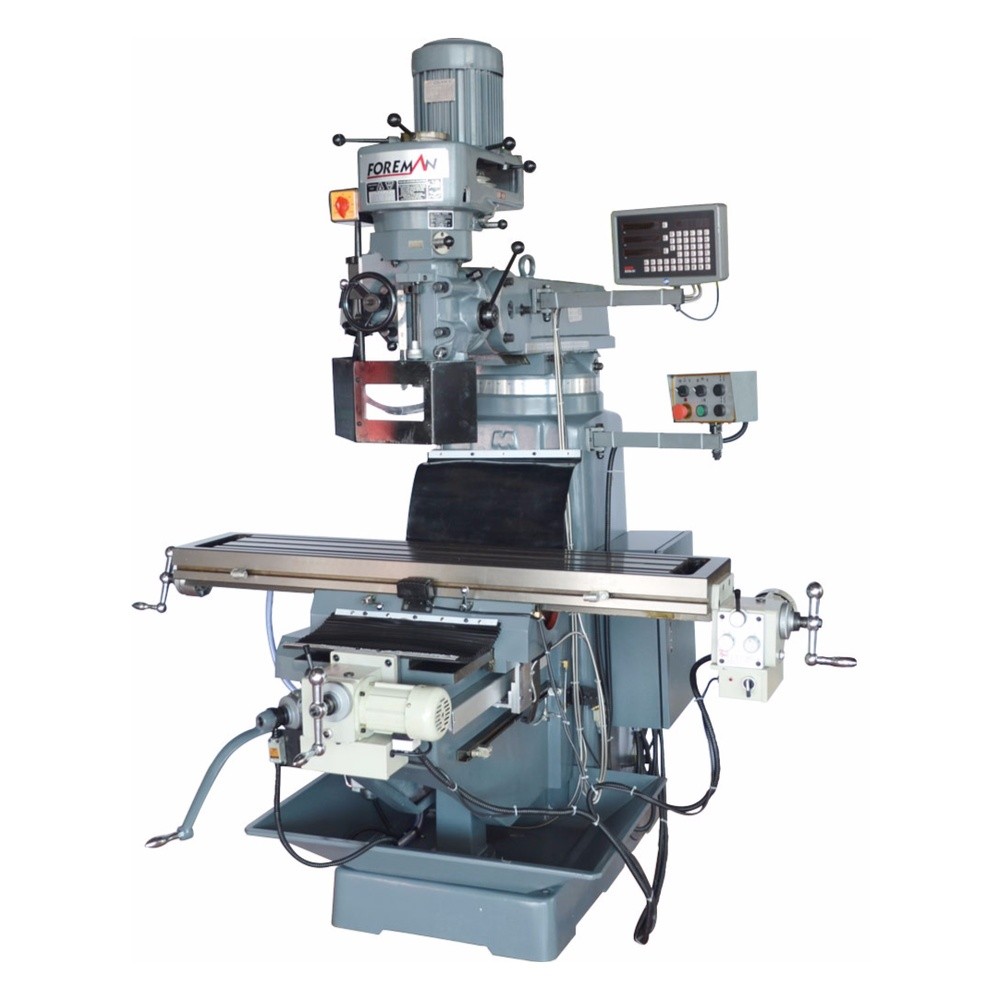
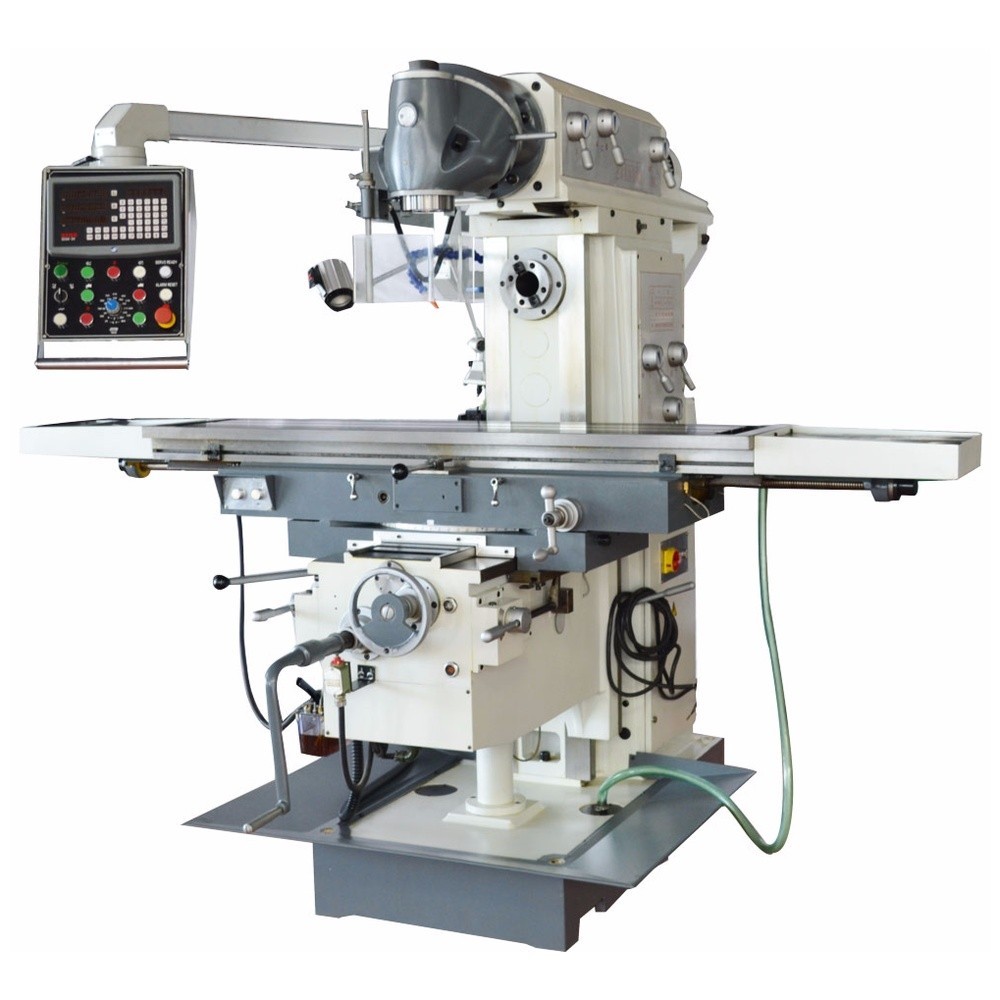
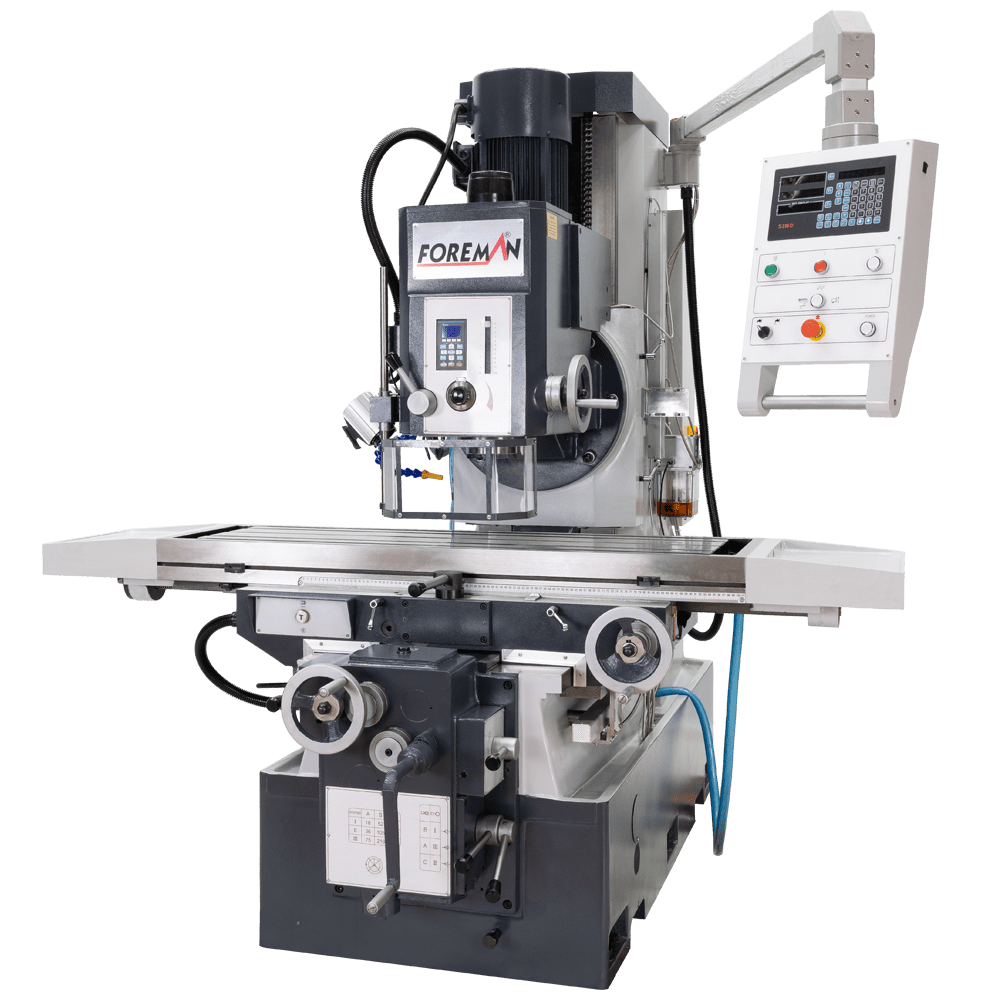
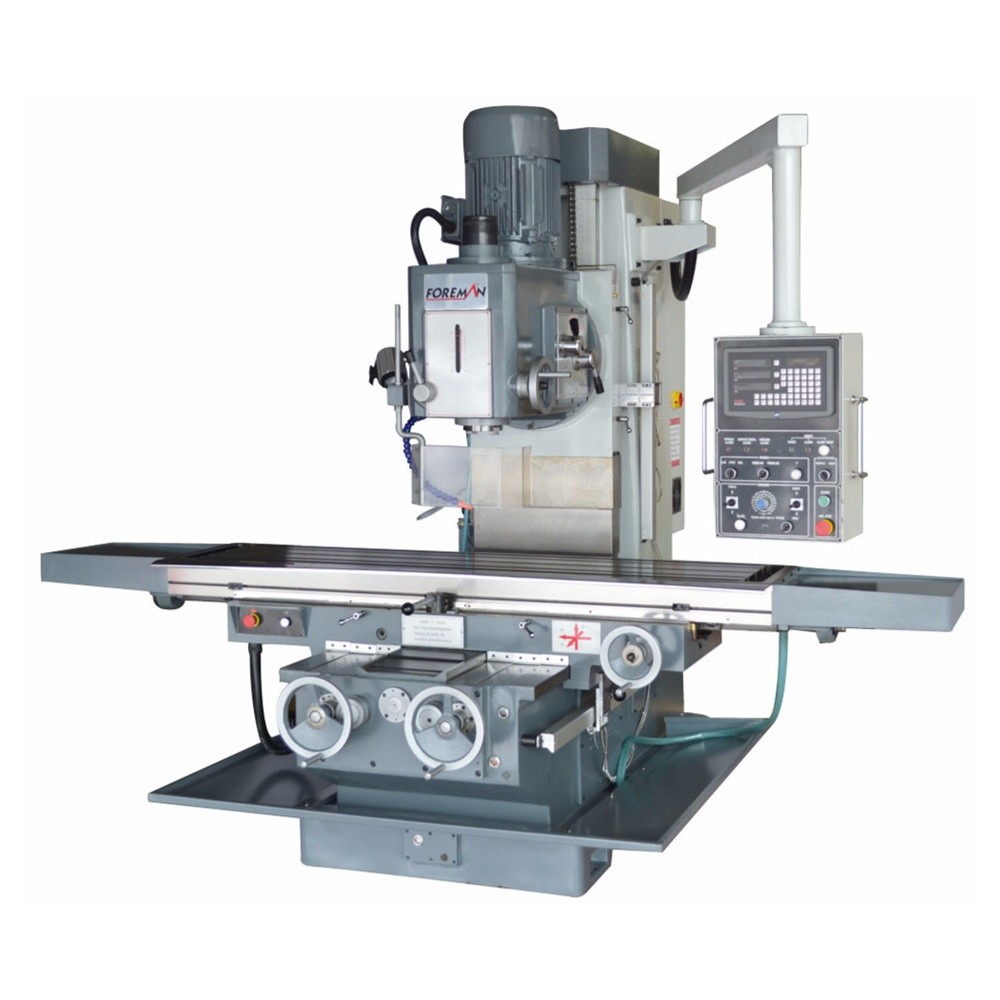
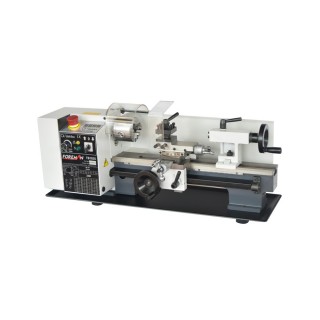
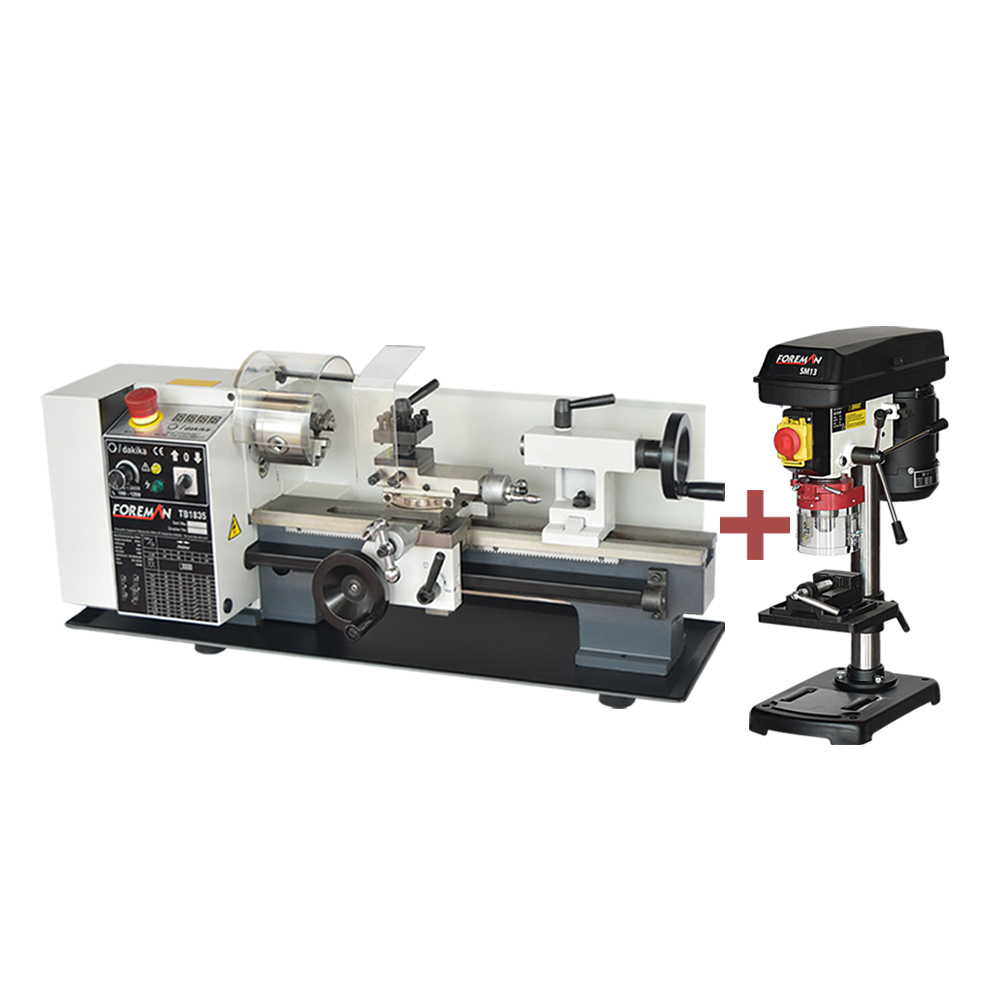
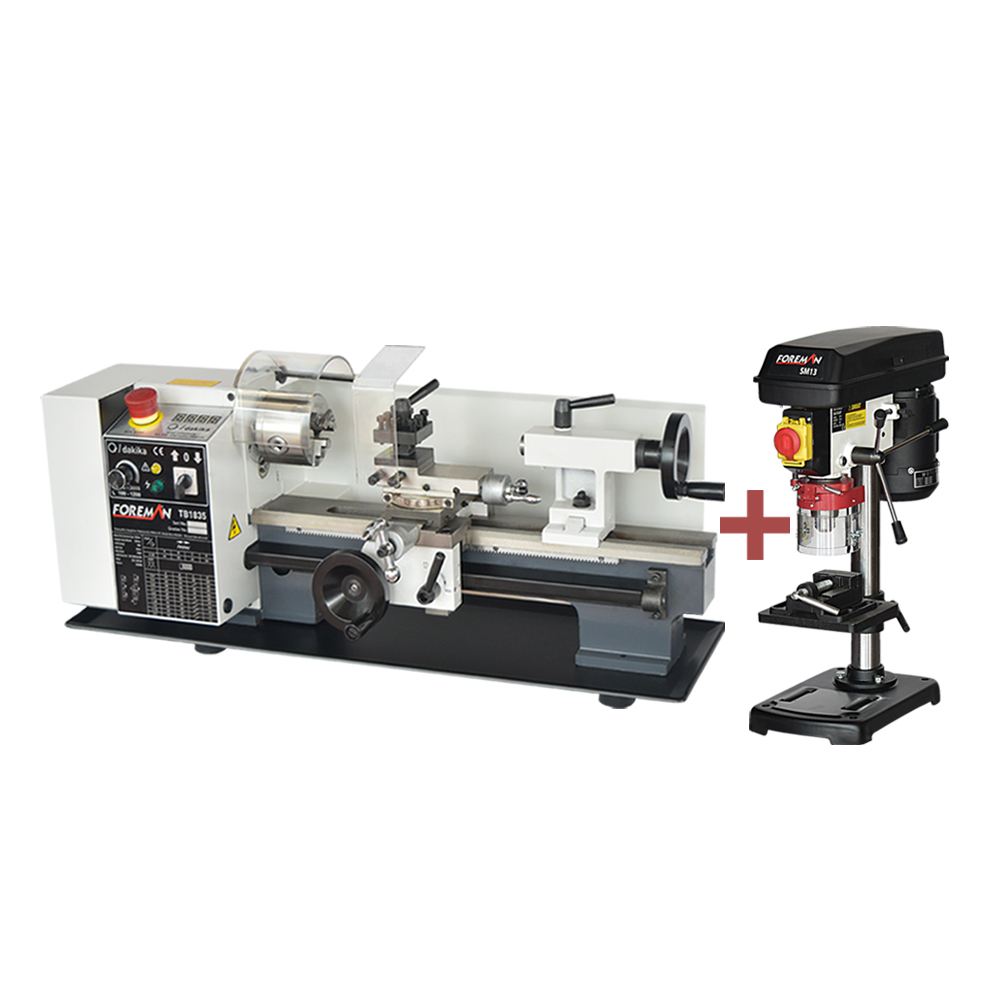
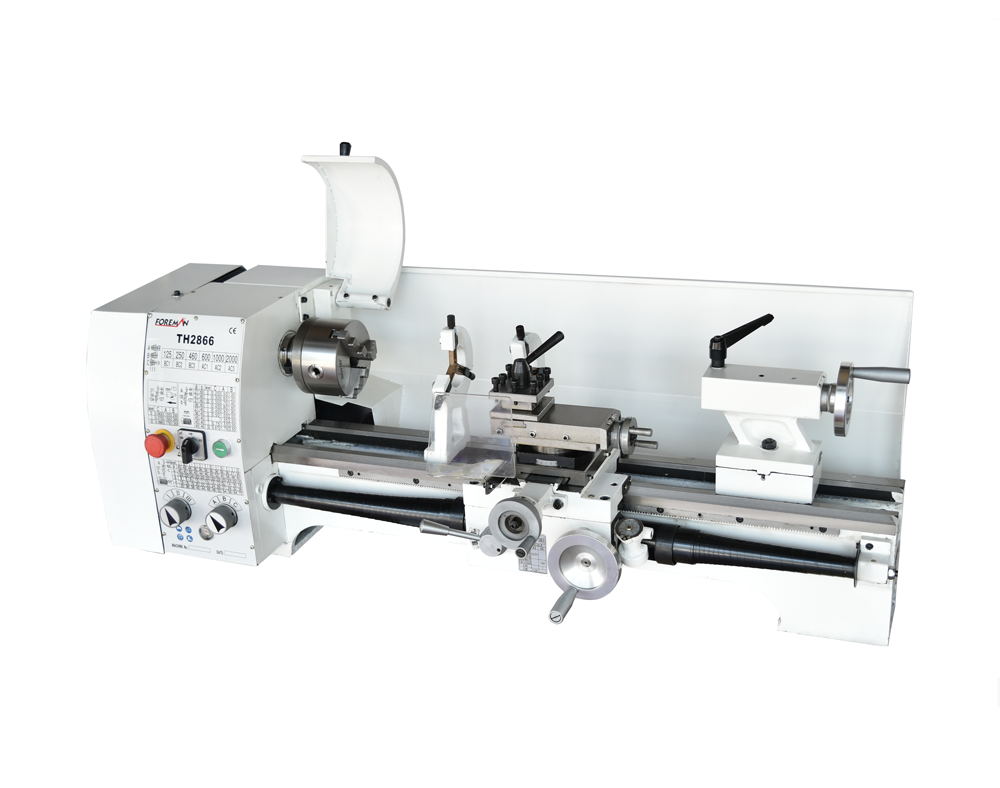
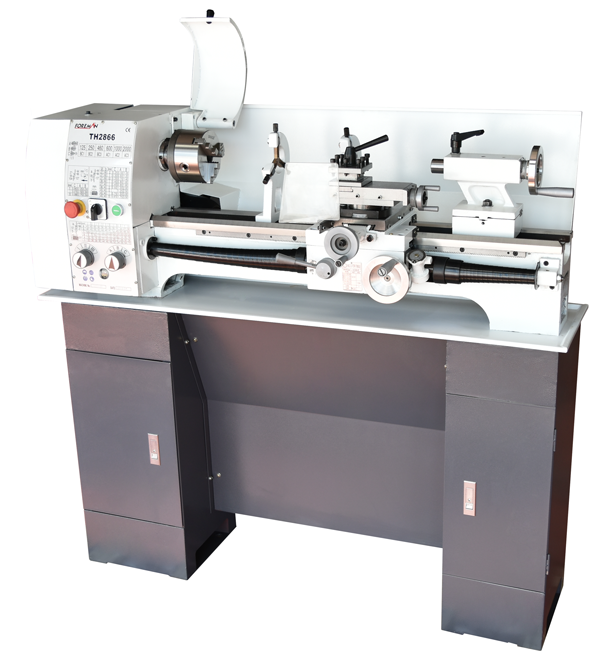
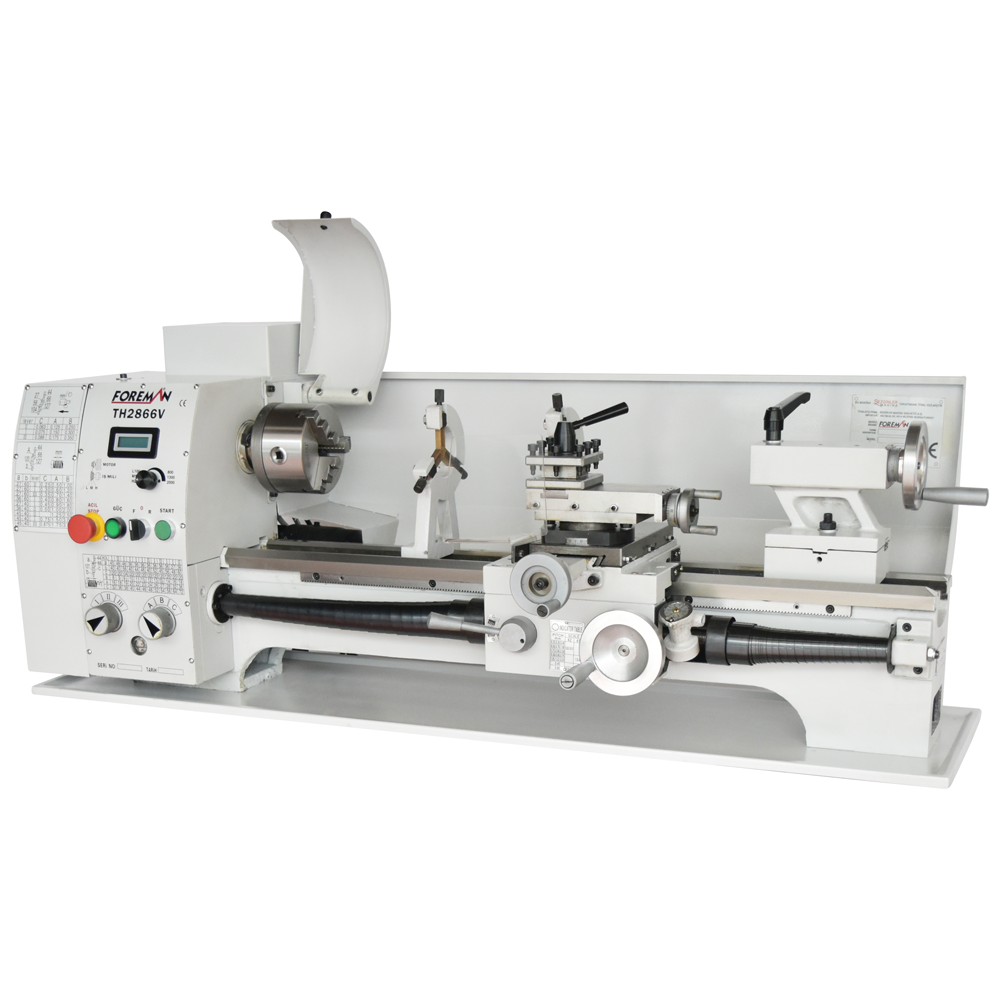
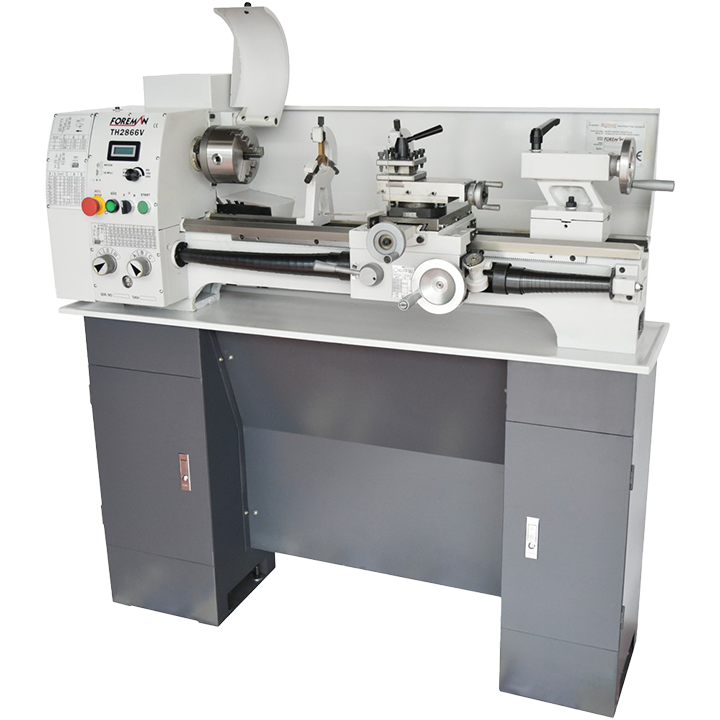
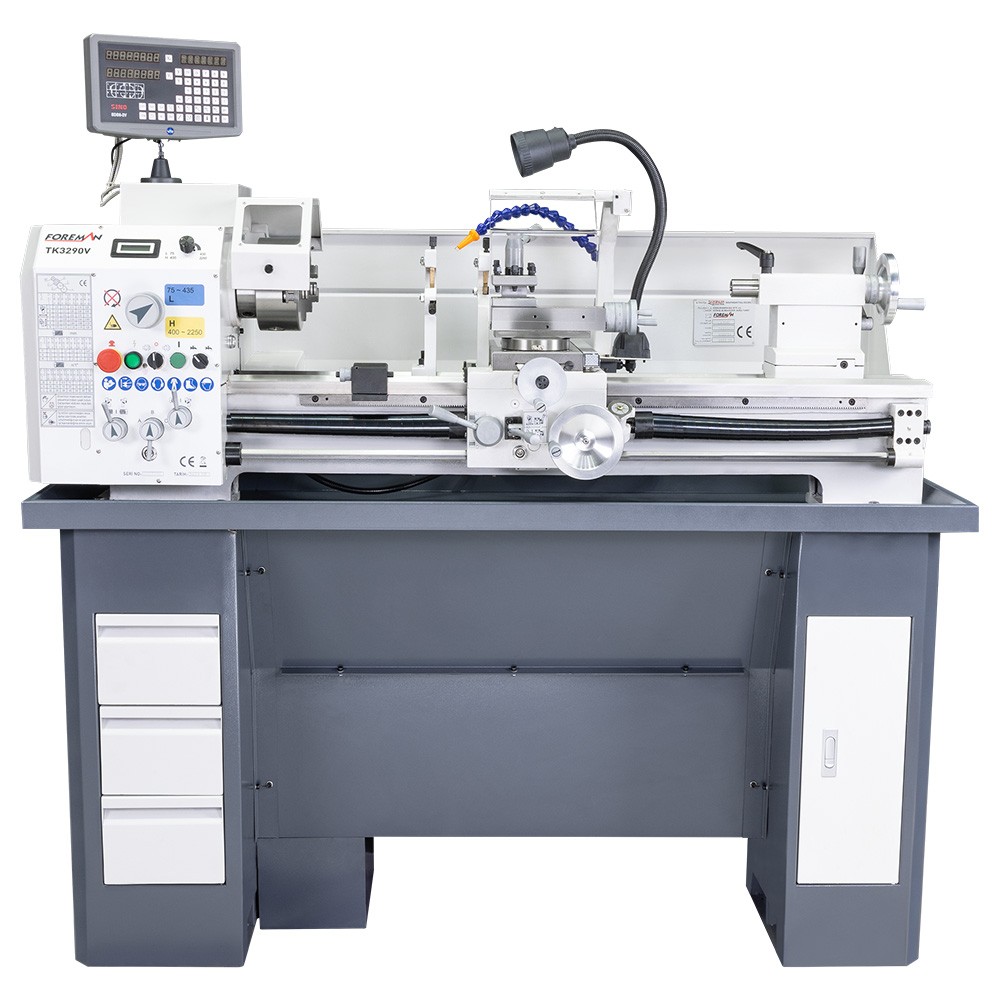
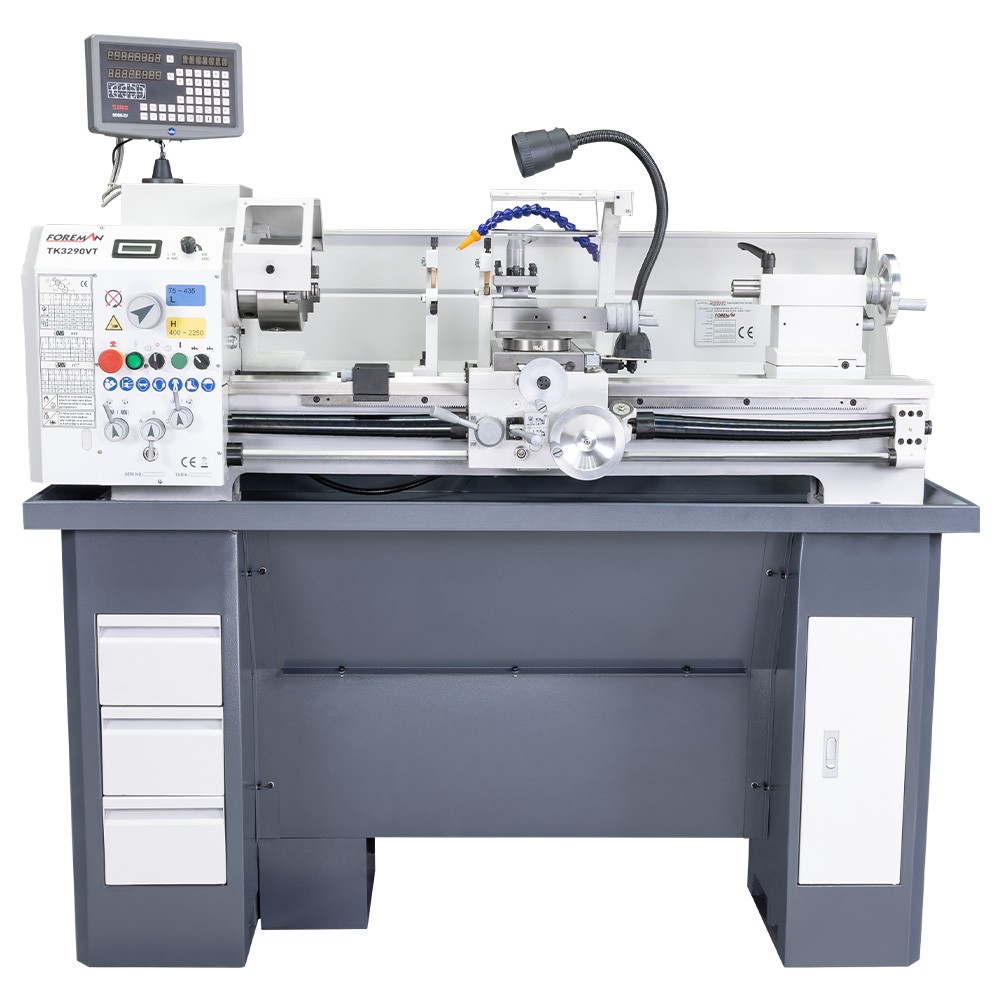
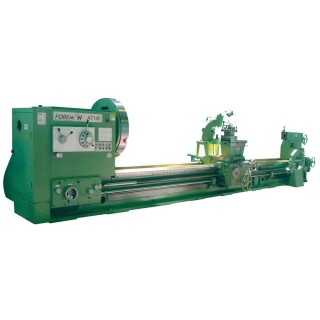
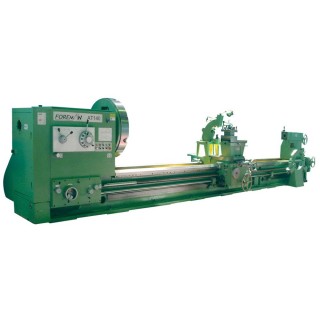
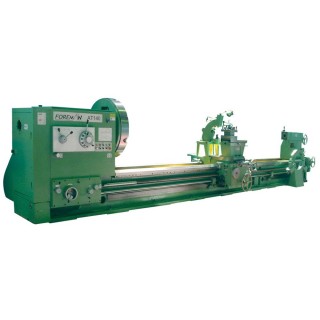
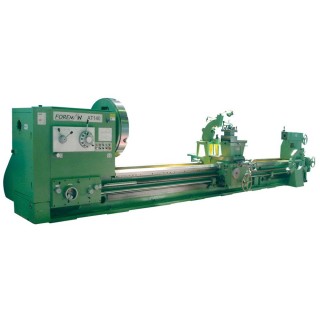
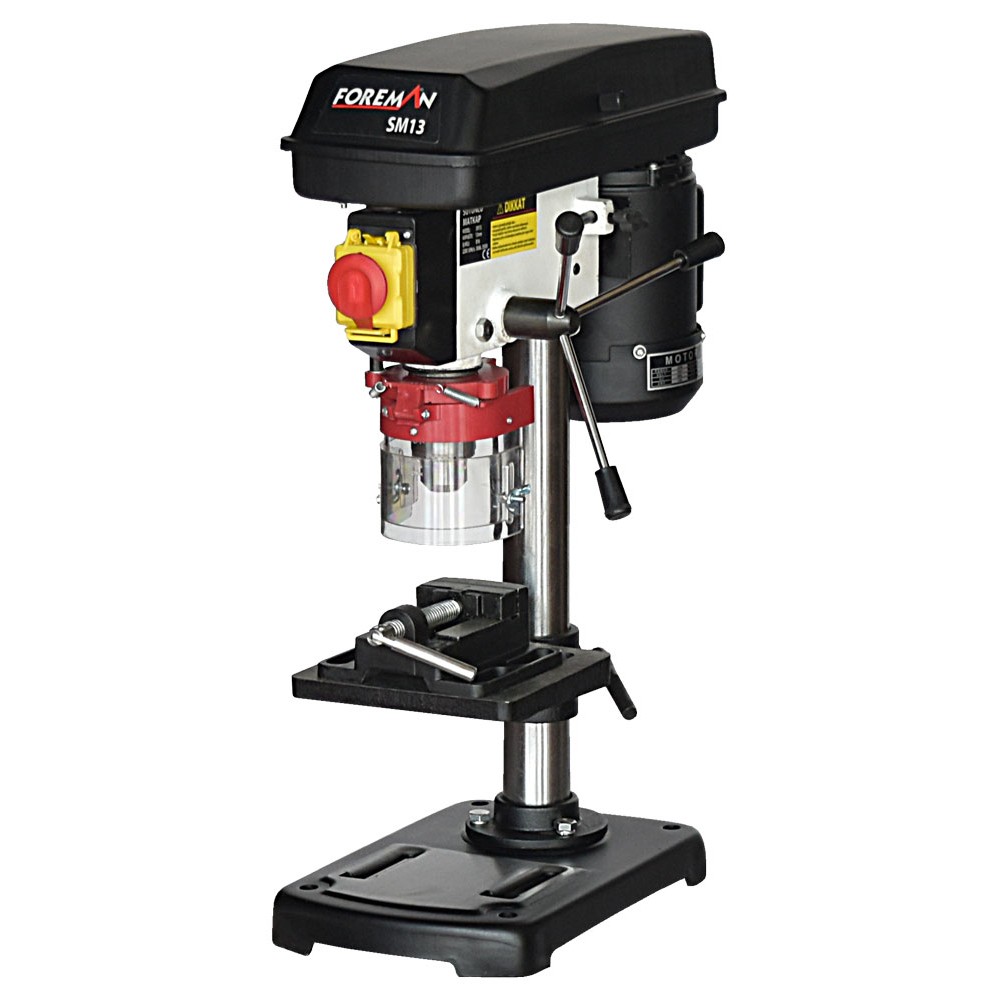
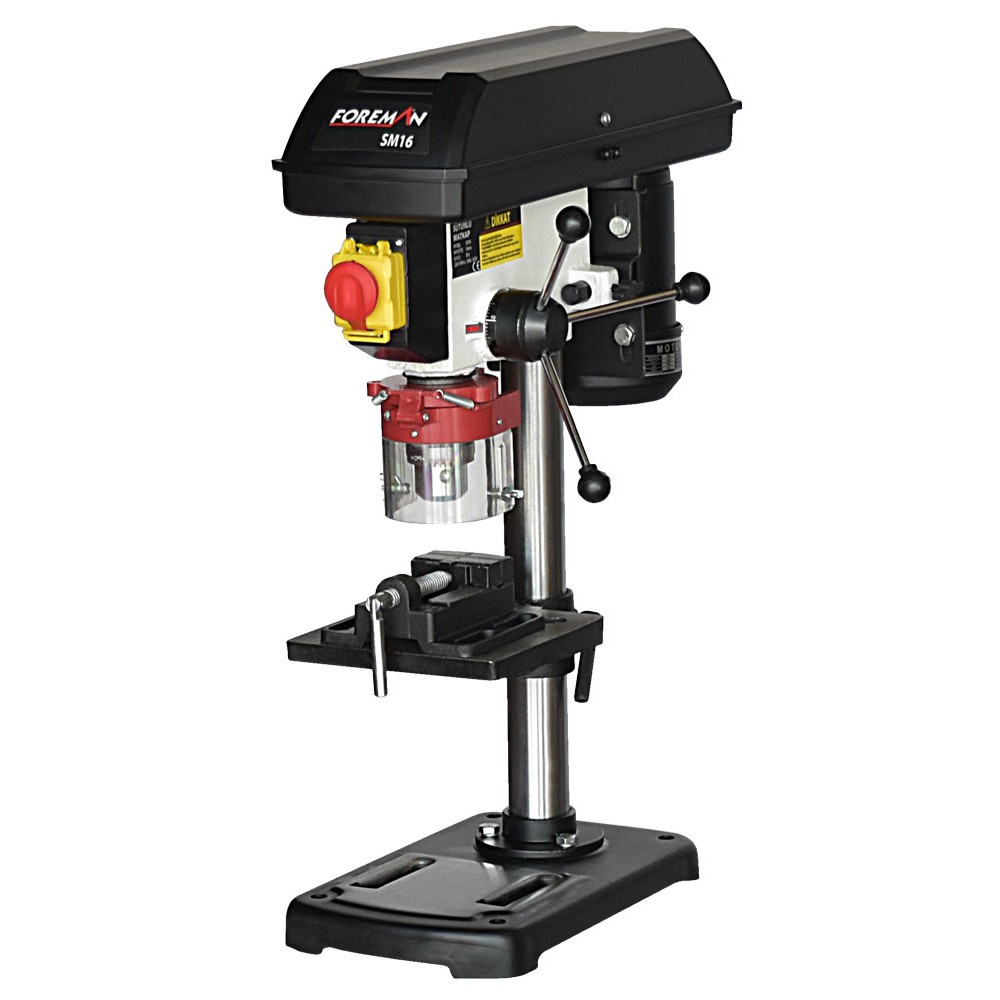
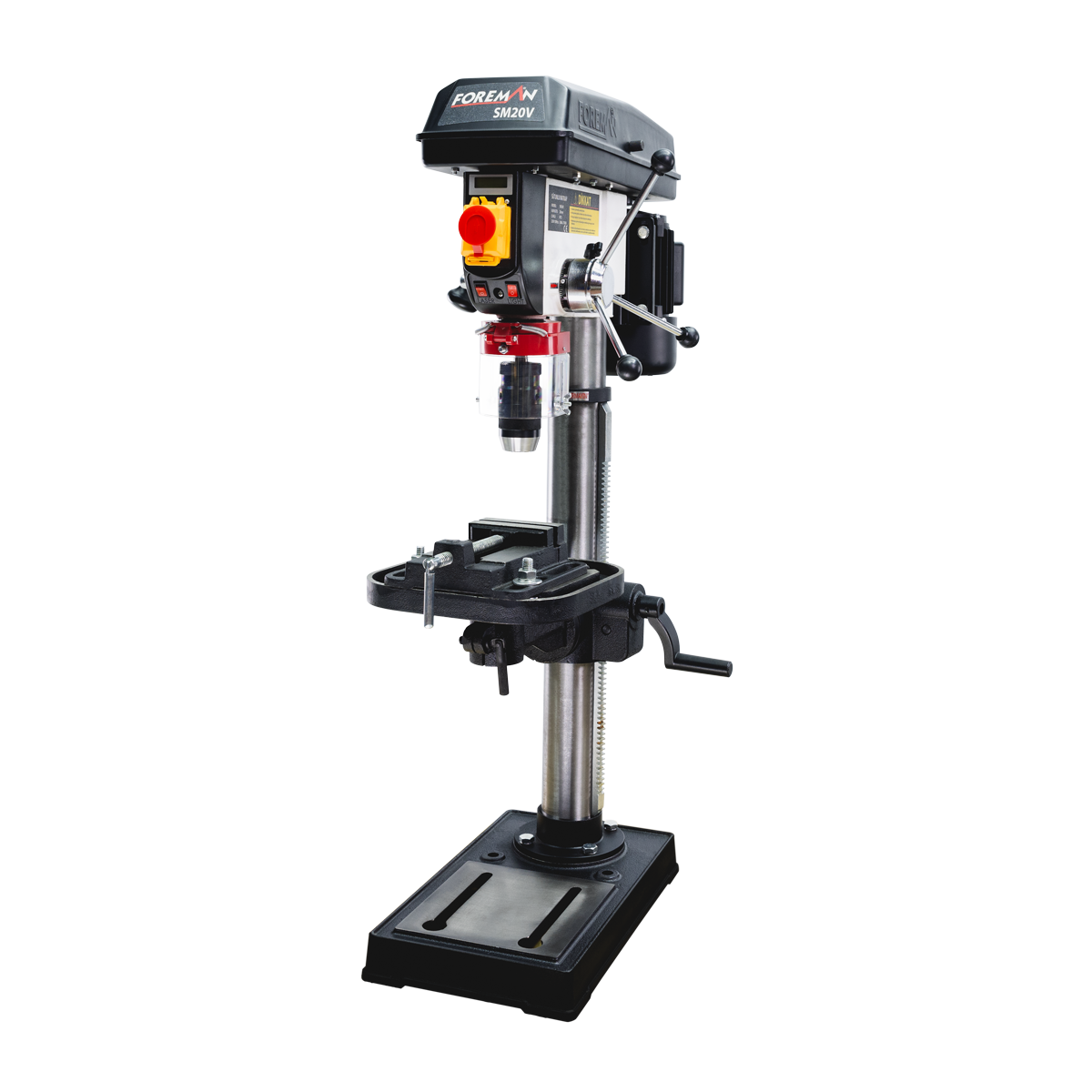
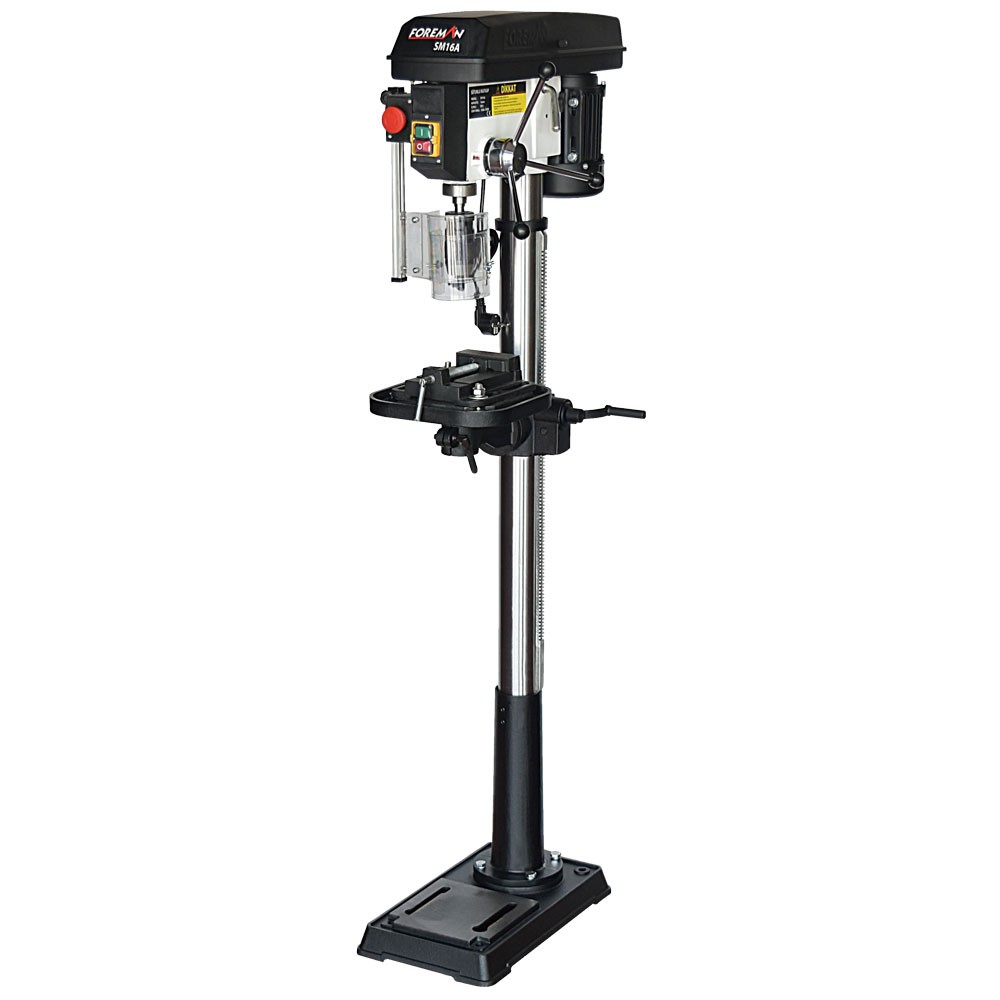
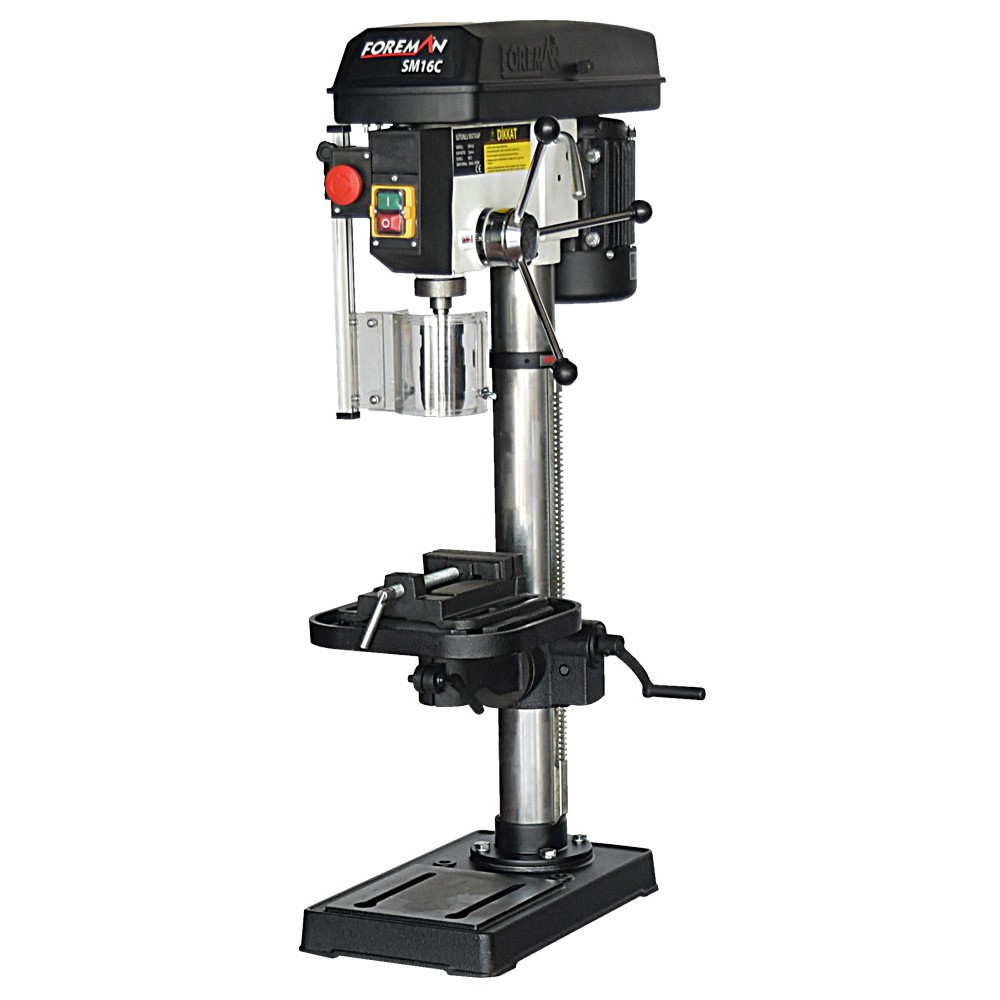
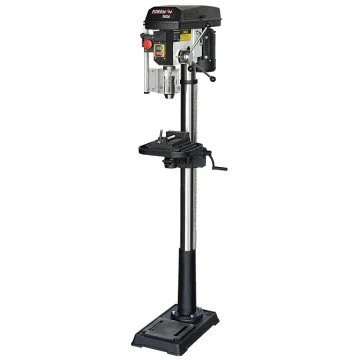
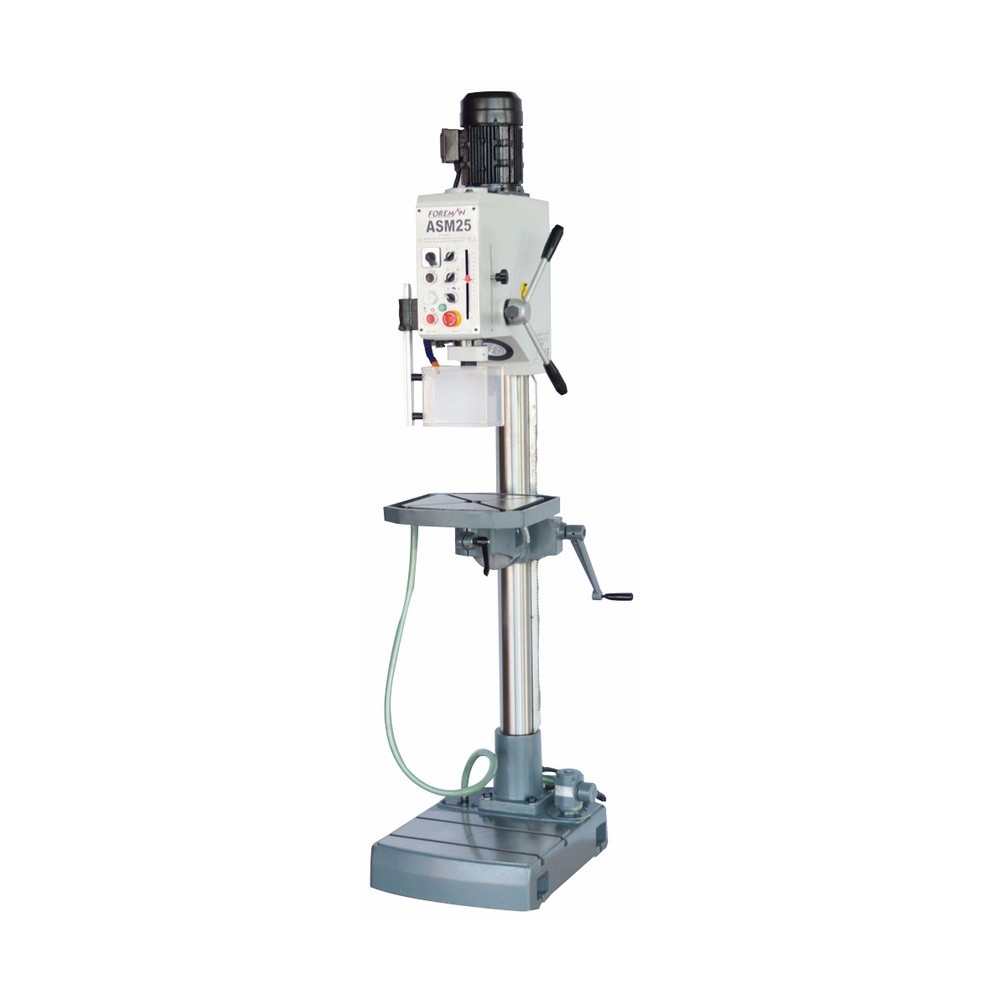
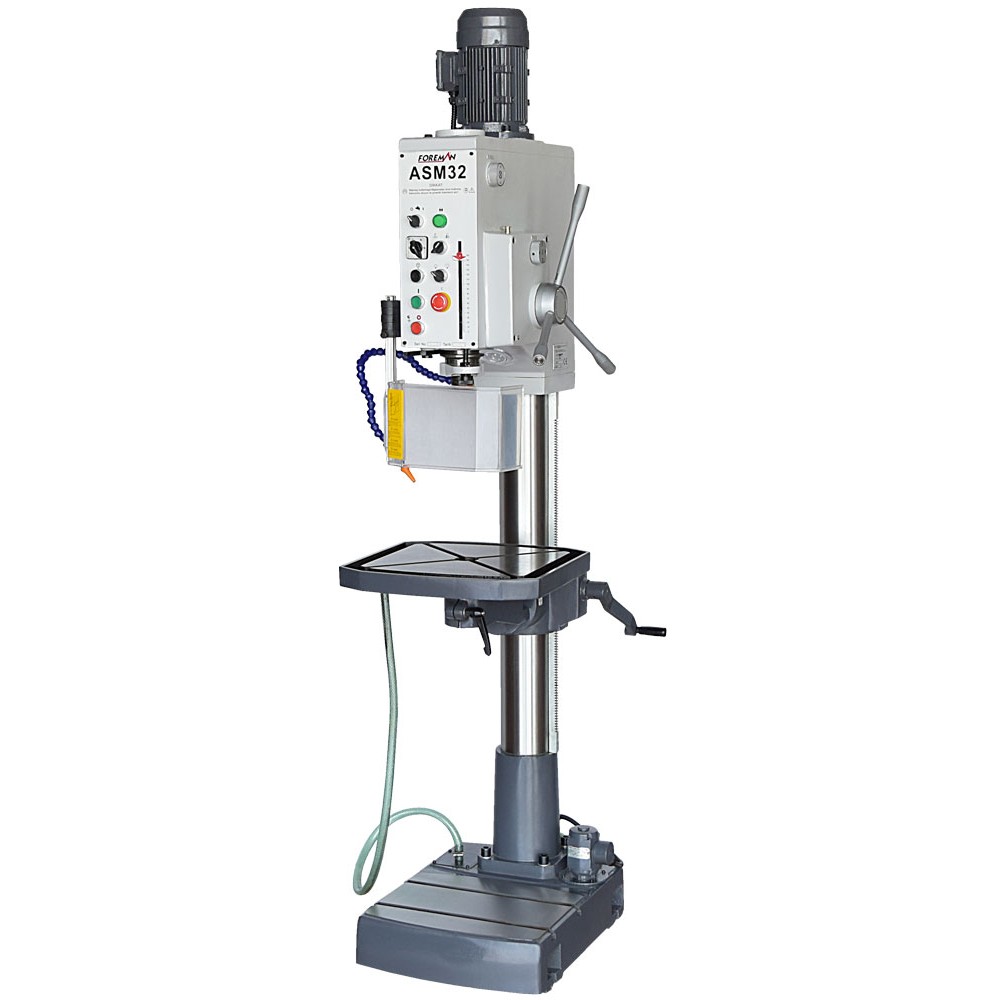
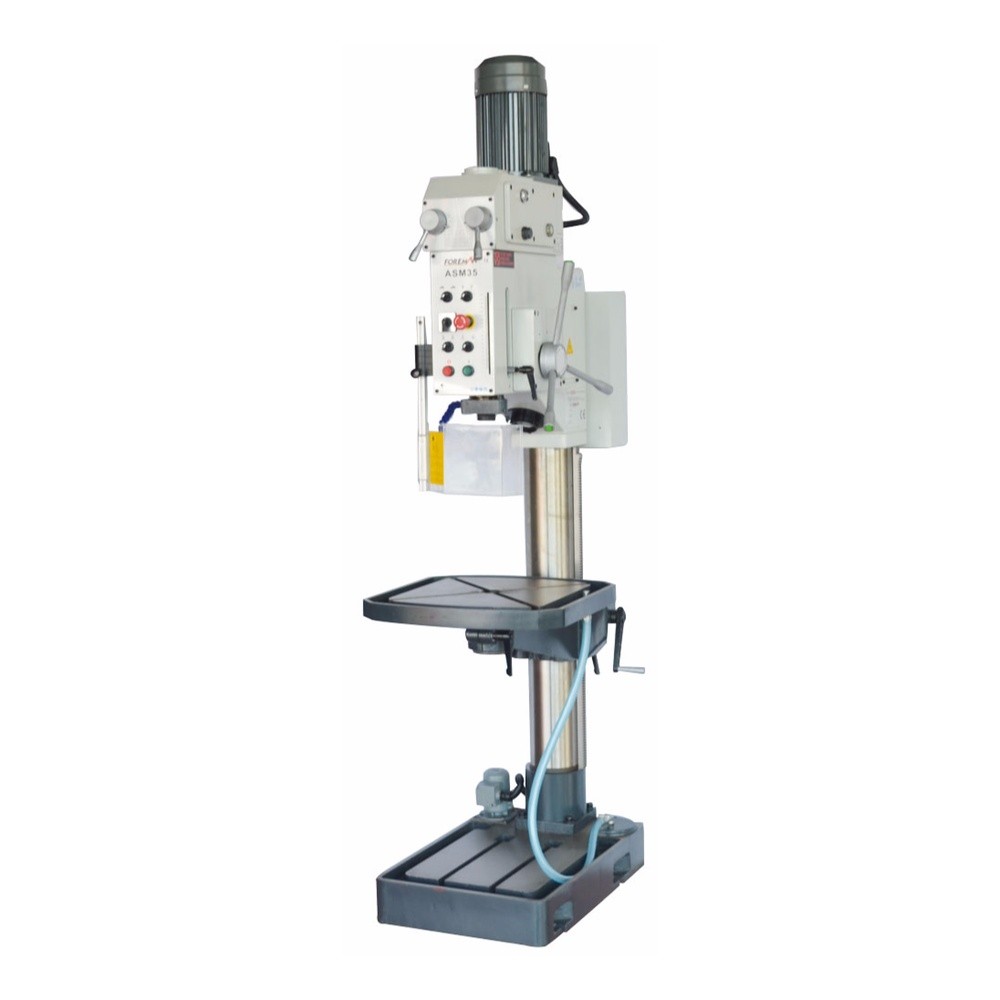
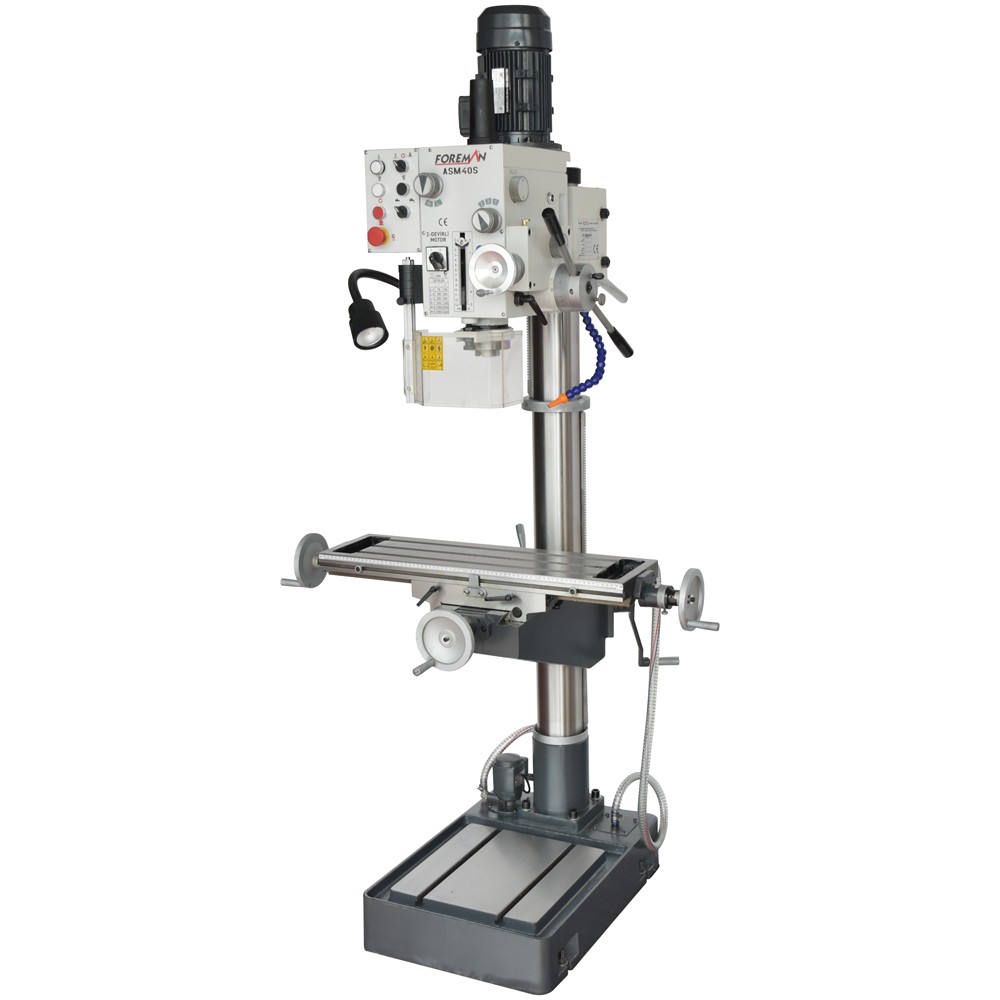
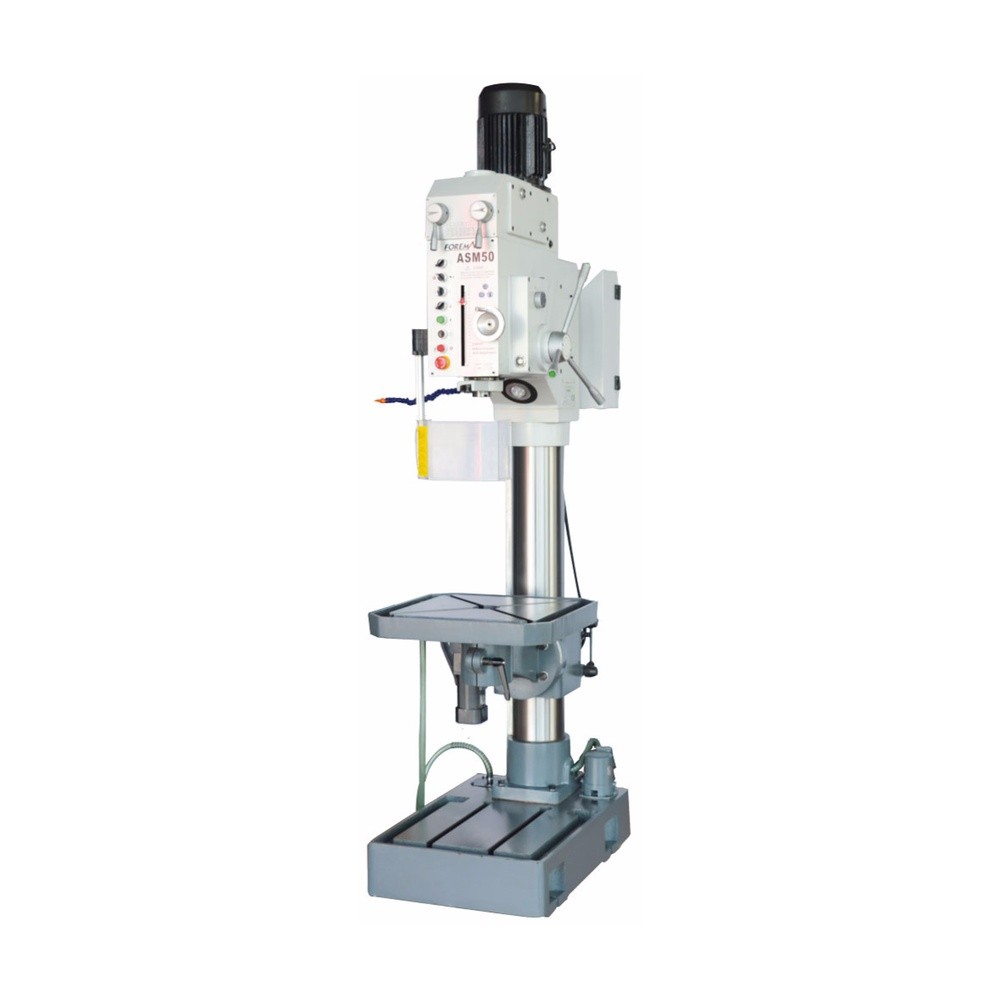
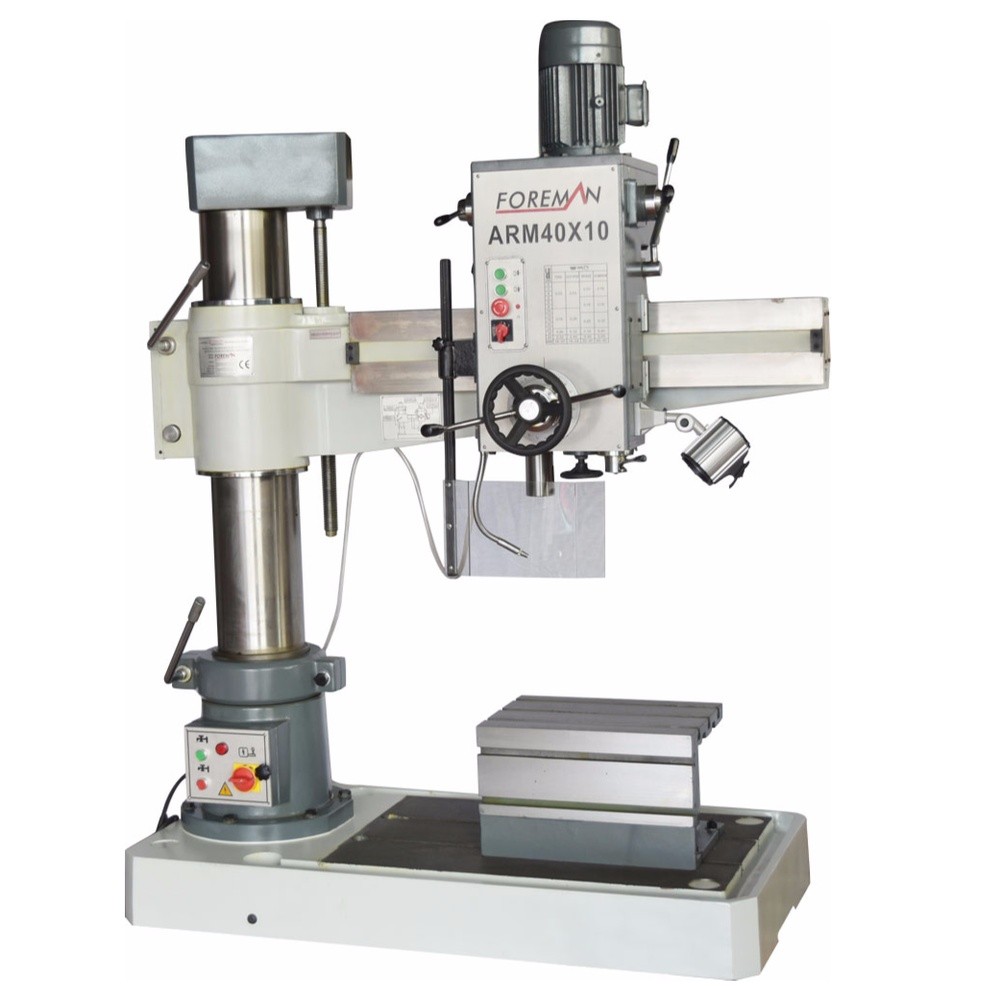
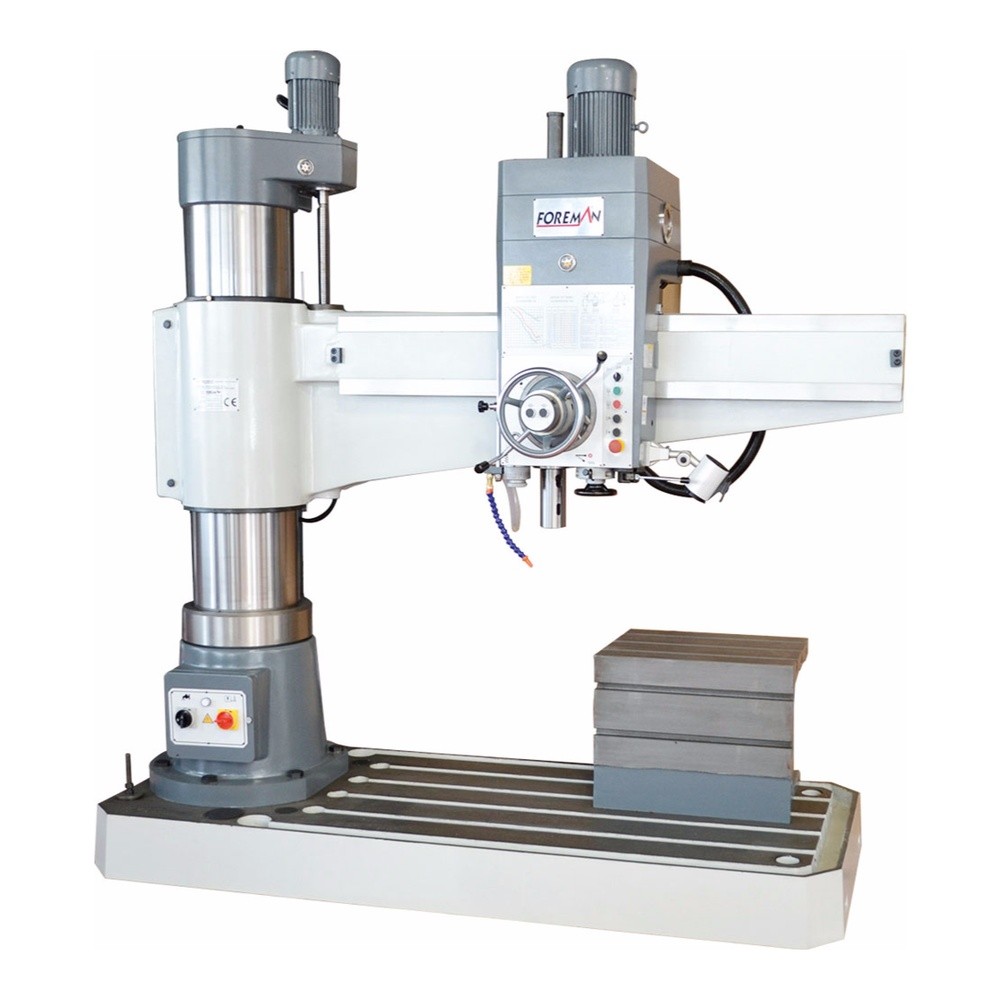
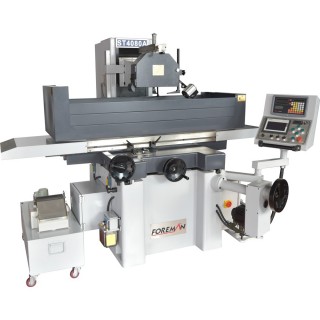
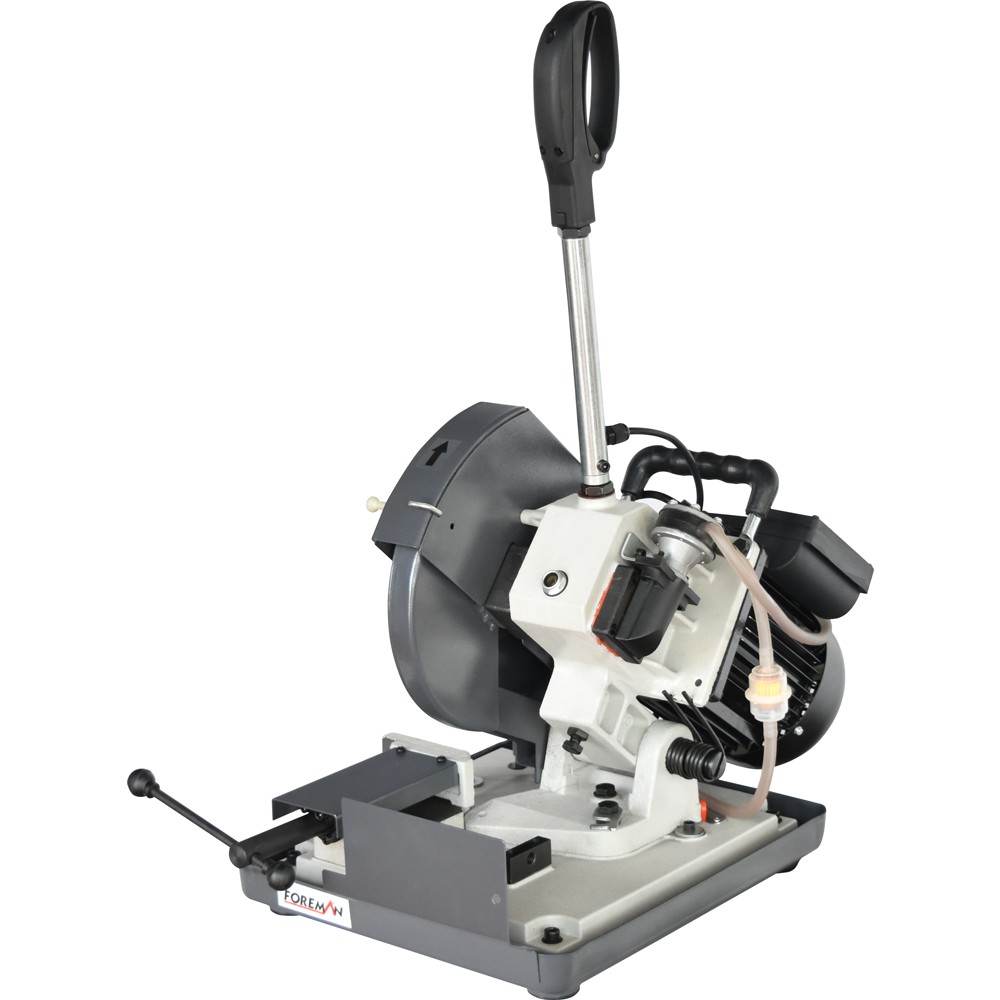
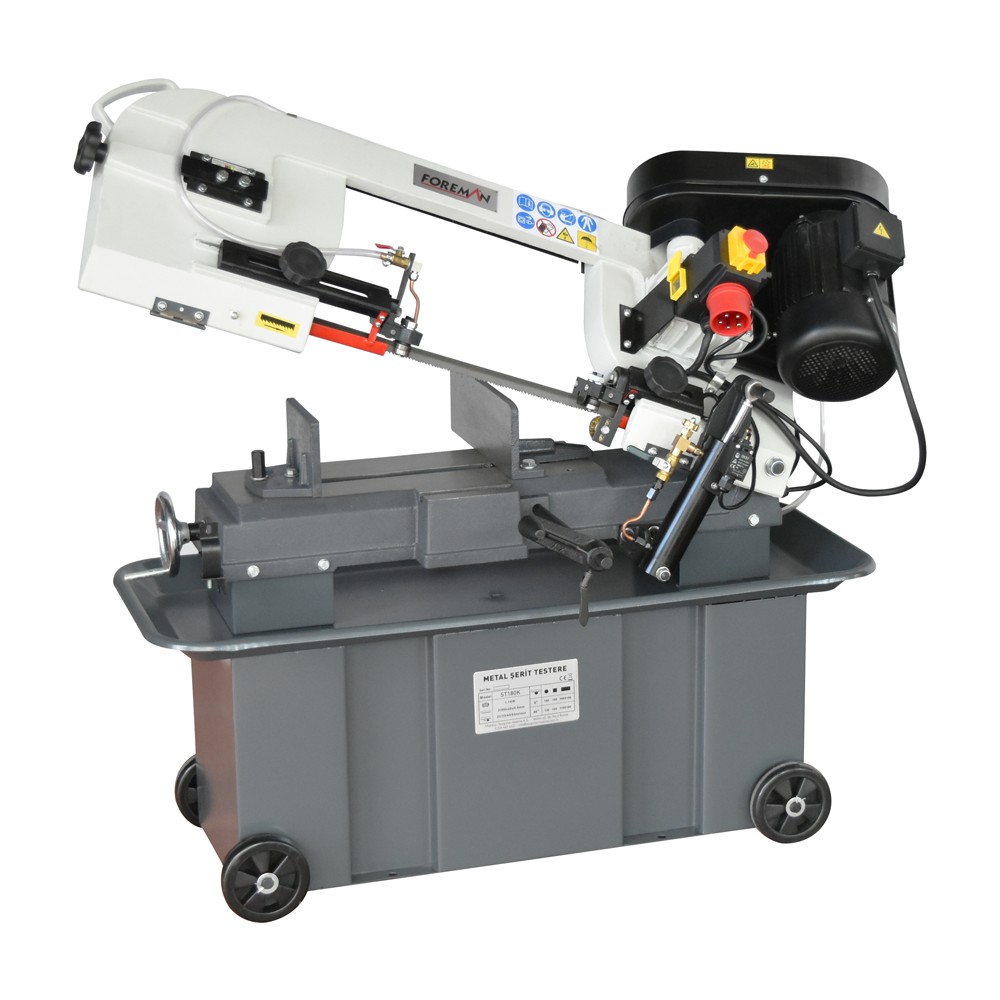
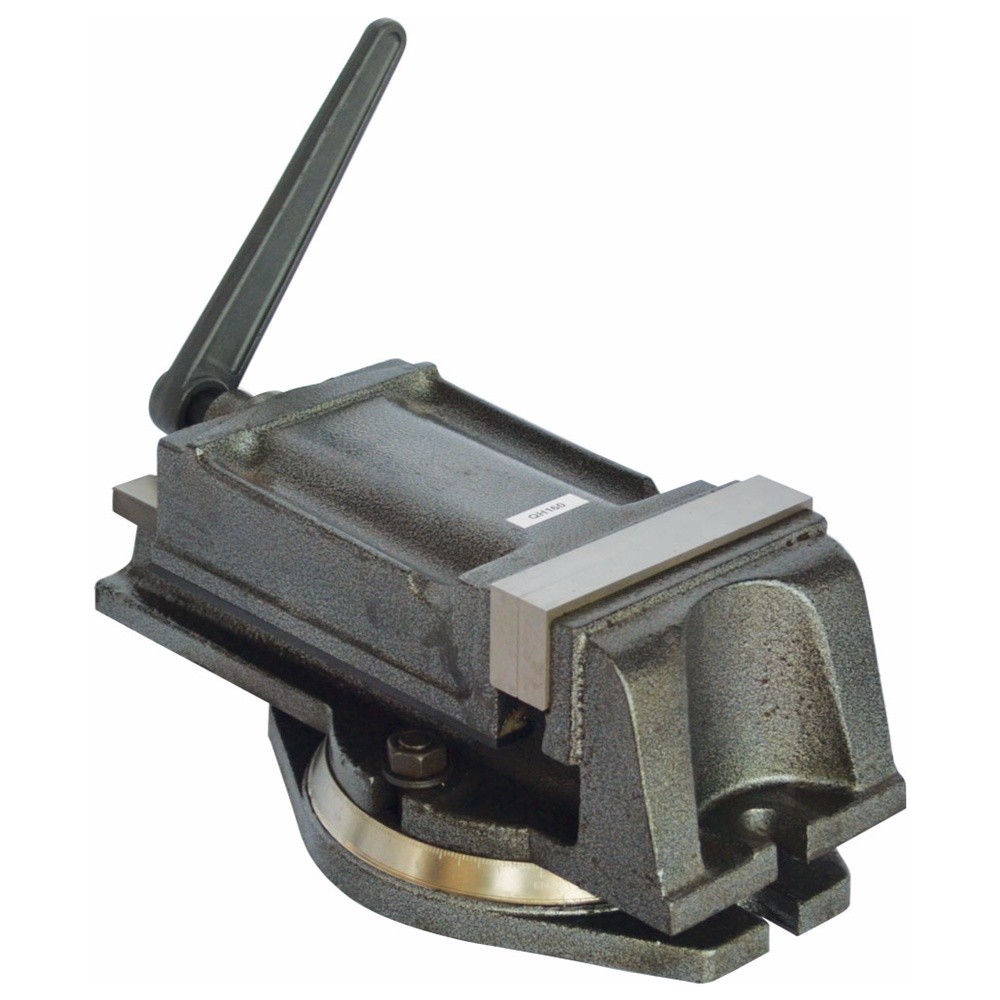
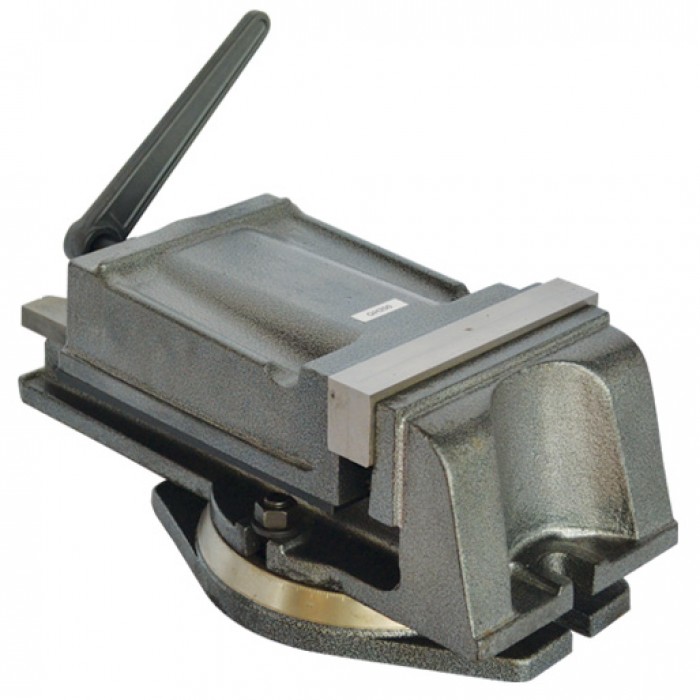
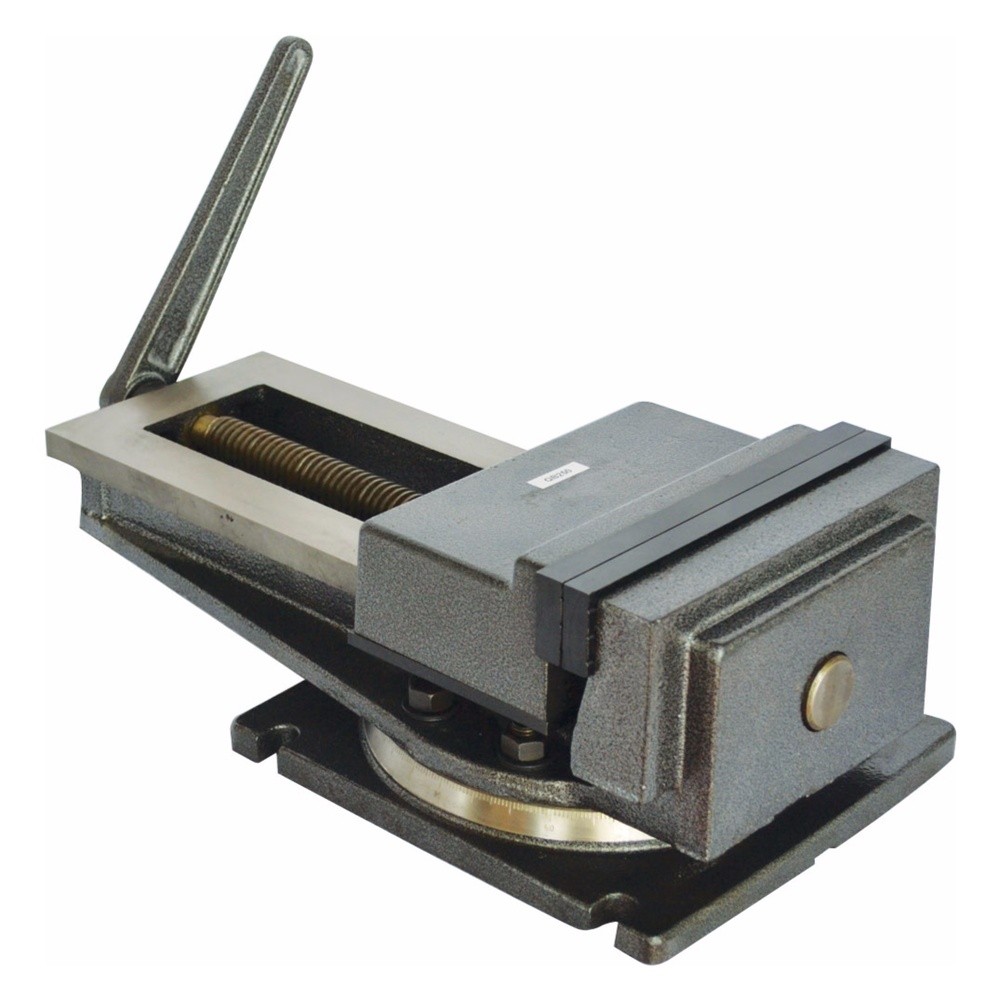
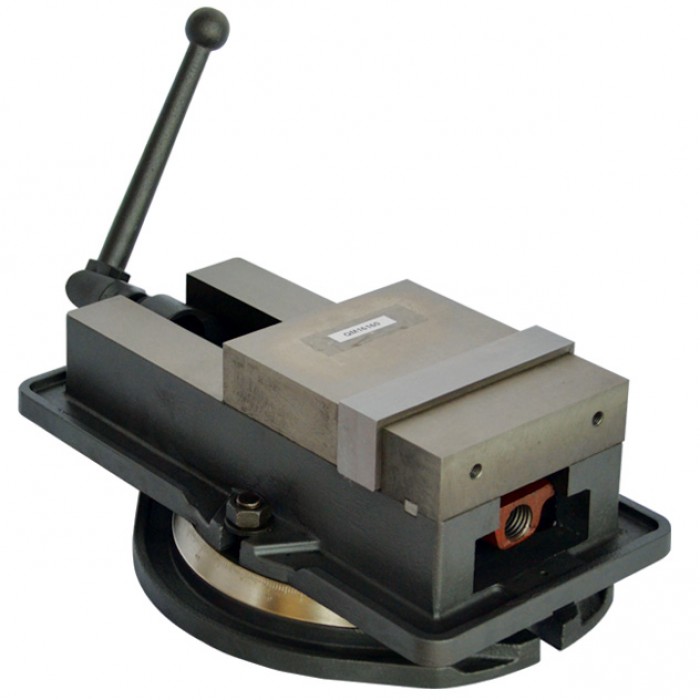
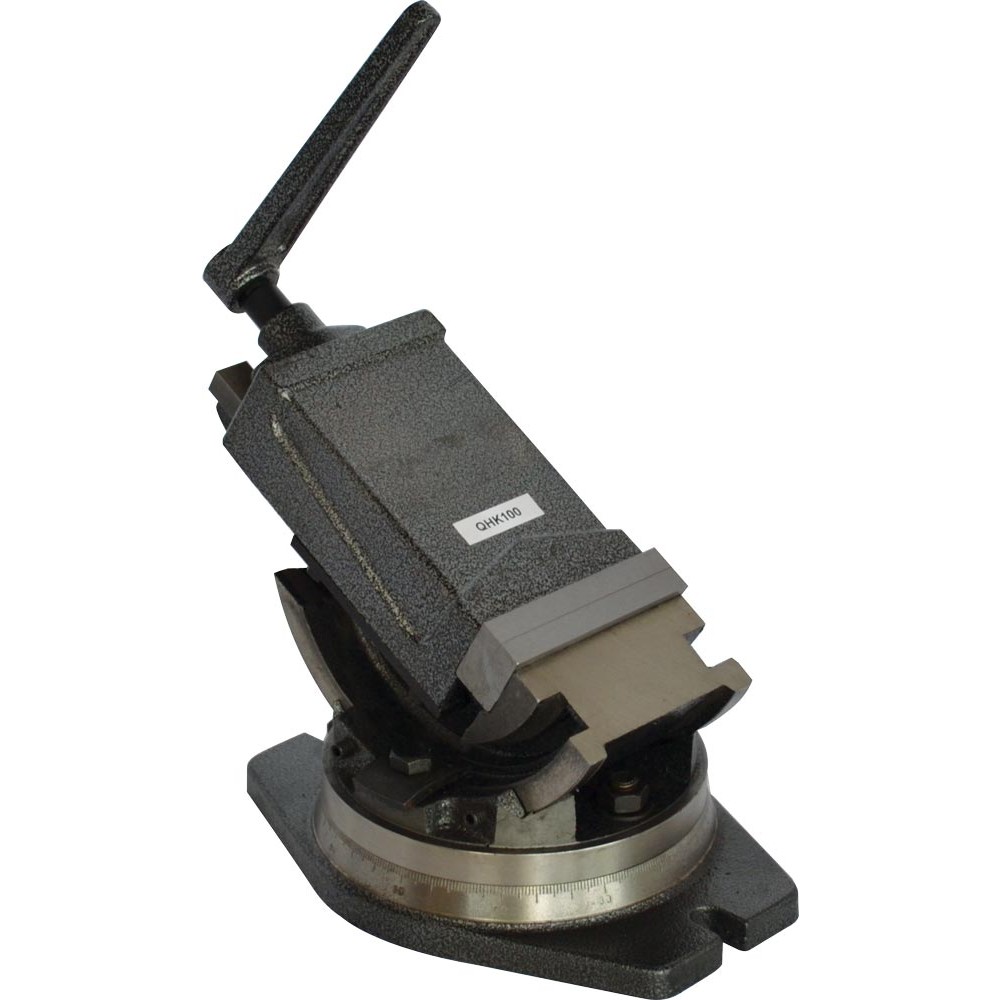
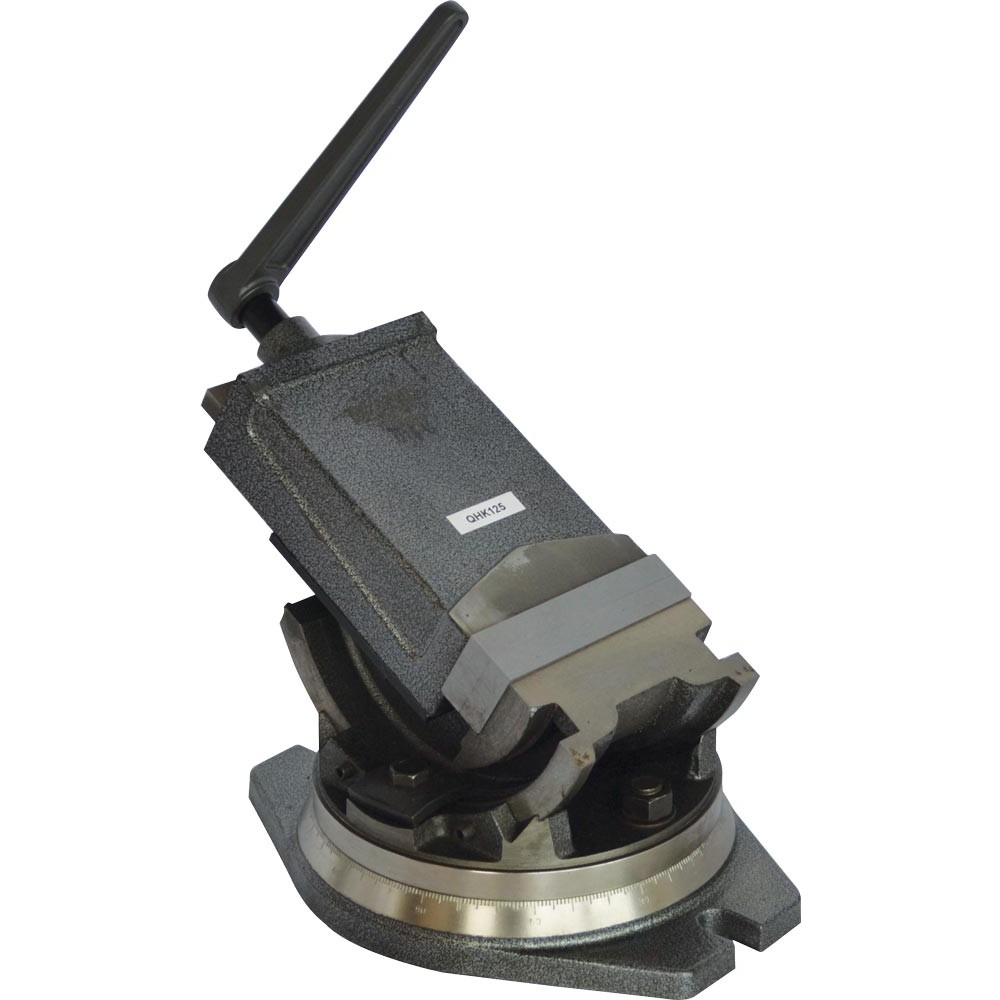
_zkmmzopp1k.jpg)
